For the Canadian golfer, pride in the work of architect Stanley Thompson stands alongside of a love of hockey and penchant for saying ‘eh’ as a national trait. Thompson’s famous ‘mountains and ocean’ course is perhaps his most famous and is a perennial member of the top 10 Canadian courses—having also spent a good amount of time at #1. The course is situated in the 200,000+ acre Cape Breton Highlands National Park which, despite its remote location at the northern end of the northernmost island of Nova Scotia, appears to be on most Canadians’ radar as a top summer destination.
Now the park itself and the beautiful Keltic Lodge hotel on a rocky peninsula jutting out into the ocean are certainly a big part of the draw, but I get the sense that the course is of almost equal billing. It’s a national landmark and we encountered golfers from all over Canada. All were familiar with the course’s renown and several mentioned that it was designed by Stanley Thompson, Canada’s most famous architect (they also all said ‘eh’ and talked about hockey). While the course has always been a remote outpost of Canadian golf, it’s become a much more justifiable trip with the development of Cabot only about an hour-and-a-half to the south. You can fly into Sydney airport from Toronto or Montreal, play the nearby Lakes at Ben Eoin (very good) and/or Baddeck Bay (not as good but still nice) as a warm-up and then out to the coast of Cape Breton Island for what’s become Canada’s top golf destination.
Highland Links has always been one of the courses that I was most interested in seeing in the world because it seems so different from other top courses. Pictures make it seem like an adventure through very different, but equally spectacular landscapes—from the sea’s edge, through rolling meadows, into and then back out of deep mountain forests. And that aspect of it did not disappoint; with the exception of not having a hole on the actual coast of the ocean (just ocean-adjacent ponds), this course goes through as many different types of environments as any I’ve seen. I’m an avid hiker and if there weren’t a golf course here, it would be one of the more memorable hikes that I’ve done. Thompson loved the variety that this property offered and he took advantage of it. I didn’t have the time to go hiking while I was up there but I think that walking two rounds on this course did the job, both in terms of seeing what the park had to offer and degree of difficulty.
Getting into the design of the course, the variety of landscapes is obviously a strength. There are many different types of beautiful holes here, running through meadows (1 and 18), along coastal ponds (3, 6) up and down through mountain valleys (7-9) and alongside mountain streams (11-12). The other strengths of the course are (1) how well Thompson used the terrain on each of the individual holes and (2) the outstanding green contours. Other than perhaps St. George’s Hill, I’ve never seen a course where the contours in the fairway play such an important role in how you want to drive the ball. And I wasn’t prepared for the greens contouring, which is a fantastic mix of bold and subtle and whose variety almost matches the variety in the landscape.
Highland Links does have a few drawbacks. The middle holes (9-12) are weak. And there’s about a 400 yard walk between the twelfth and thirteenth hole that I don’t understand. But the opening stretch has as many excellent holes and as much variety as you could want. The closing stretch, while not quite matching either of these points, is also very good and presents some good opportunities to score if you’ve gotten lost in the woods a few times up to this point.
Despite its very wide fairway, the 400 yard first is one of the toughest holes here. It probably plays about 40 ft. uphill, the fairway is as contoured as most links courses (that’ll be a feature of several other holes too), and the green has both a false front and wild interior contours. Plus it plays straight to the west, so into the prevailing wind. Uphill holes are always a good test of solid ball striking but this one throws in a few more testing elements. Not a gentle handshake to start, but certainly playable enough.
Now the park itself and the beautiful Keltic Lodge hotel on a rocky peninsula jutting out into the ocean are certainly a big part of the draw, but I get the sense that the course is of almost equal billing. It’s a national landmark and we encountered golfers from all over Canada. All were familiar with the course’s renown and several mentioned that it was designed by Stanley Thompson, Canada’s most famous architect (they also all said ‘eh’ and talked about hockey). While the course has always been a remote outpost of Canadian golf, it’s become a much more justifiable trip with the development of Cabot only about an hour-and-a-half to the south. You can fly into Sydney airport from Toronto or Montreal, play the nearby Lakes at Ben Eoin (very good) and/or Baddeck Bay (not as good but still nice) as a warm-up and then out to the coast of Cape Breton Island for what’s become Canada’s top golf destination.
Highland Links has always been one of the courses that I was most interested in seeing in the world because it seems so different from other top courses. Pictures make it seem like an adventure through very different, but equally spectacular landscapes—from the sea’s edge, through rolling meadows, into and then back out of deep mountain forests. And that aspect of it did not disappoint; with the exception of not having a hole on the actual coast of the ocean (just ocean-adjacent ponds), this course goes through as many different types of environments as any I’ve seen. I’m an avid hiker and if there weren’t a golf course here, it would be one of the more memorable hikes that I’ve done. Thompson loved the variety that this property offered and he took advantage of it. I didn’t have the time to go hiking while I was up there but I think that walking two rounds on this course did the job, both in terms of seeing what the park had to offer and degree of difficulty.
Getting into the design of the course, the variety of landscapes is obviously a strength. There are many different types of beautiful holes here, running through meadows (1 and 18), along coastal ponds (3, 6) up and down through mountain valleys (7-9) and alongside mountain streams (11-12). The other strengths of the course are (1) how well Thompson used the terrain on each of the individual holes and (2) the outstanding green contours. Other than perhaps St. George’s Hill, I’ve never seen a course where the contours in the fairway play such an important role in how you want to drive the ball. And I wasn’t prepared for the greens contouring, which is a fantastic mix of bold and subtle and whose variety almost matches the variety in the landscape.
Highland Links does have a few drawbacks. The middle holes (9-12) are weak. And there’s about a 400 yard walk between the twelfth and thirteenth hole that I don’t understand. But the opening stretch has as many excellent holes and as much variety as you could want. The closing stretch, while not quite matching either of these points, is also very good and presents some good opportunities to score if you’ve gotten lost in the woods a few times up to this point.
Despite its very wide fairway, the 400 yard first is one of the toughest holes here. It probably plays about 40 ft. uphill, the fairway is as contoured as most links courses (that’ll be a feature of several other holes too), and the green has both a false front and wild interior contours. Plus it plays straight to the west, so into the prevailing wind. Uphill holes are always a good test of solid ball striking but this one throws in a few more testing elements. Not a gentle handshake to start, but certainly playable enough.
While not far from the first hole, you start to get a good sense of the variety in store with the second, which looks completely different. This is a par 4 of about 450 yards, doglegging right and running downhill. It important to hit a solid drive because there isn’t much run in the fairways. But a fade is also important because it’s easy to hit on into the trees on the left if you take a bit too safe of a line. Hugging the right tree line is the thing to do here.
Even if you pull off a great drive, there’s plenty of challenge remaining. The green is bunkerless…but is one of the two most severely contoured on the course. The primary feature is a high right shoulder, plenty large enough for a pin placement. That’s where the pin was on our first day and…it didn’t go too well for most of the members of my group.
The ~140 yard third, over a coastal pond, is one of the most idyllic par 3s that you’ll see. There’s nothing really outstanding about the design; it’s just a circular green surrounded by bunkers. But there’s a subtle ridge running from front-left to back-right across the green that makes putting difficult if you’ve missed the green or hit the wrong side of it.
From pictures that I’d seen of the course before, I figured that the fourth would be one of the less interesting holes. I was completely wrong. It’s a brilliant short par 4.
While it’s a straight-forward drive from the middle tees (just left of the third green), it’s a very challenging drive out of a chute to the right of the third green from the tips. The key feature here is the large rise in the fairway. Unless you hit it >215 or hug the right side, you’ll hit into the face of the hill and have a semi-blind or blind uphill approach to the green. And if you get aggressive, take driver or three-wood and pull it left, there’s a hidden pond left of the fairway, with the left side of the fairway sloping in this direction.
So it’s really important to hit a good drive here because if you don’t (1) the visibility on the second will be poor and (2) you’ll end up with a fairly long approach into a well-defended, narrow hilltop green. You really don’t want to be coming into this green with more than a wedge, which makes the drive critical. It’s a great example of fairway contours making a hole great—and it won’t be the last time that we’ll see this.
While it’s a straight-forward drive from the middle tees (just left of the third green), it’s a very challenging drive out of a chute to the right of the third green from the tips. The key feature here is the large rise in the fairway. Unless you hit it >215 or hug the right side, you’ll hit into the face of the hill and have a semi-blind or blind uphill approach to the green. And if you get aggressive, take driver or three-wood and pull it left, there’s a hidden pond left of the fairway, with the left side of the fairway sloping in this direction.
So it’s really important to hit a good drive here because if you don’t (1) the visibility on the second will be poor and (2) you’ll end up with a fairly long approach into a well-defended, narrow hilltop green. You really don’t want to be coming into this green with more than a wedge, which makes the drive critical. It’s a great example of fairway contours making a hole great—and it won’t be the last time that we’ll see this.
The downhill par 3 fifth is another hole with great contours. The green is very wide but very shallow and fronted by a deep bowl. There’s a huge diagonal ridge running from back-left to front-right and if you hit a good shot, it should funnel into the main right section of the green. Originally, there was a pin placement short and left of this ridge but this part of the green has shrunk and it’s probably too small now. It should be expanded again.
While the drive from the tips on the famous par 5 sixth is obviously spectacular, it’s also quite scary. We’ve been going out for the first six holes so it’s still into the wind but the hole turns a little right so it’s also quartering from the left—pushing your ball right toward the pond on the right. This drive probably isn’t too tough when it’s calm but when it is when the wind is blowing (I put one, almost two in the right pond).
The rest of the hole doesn’t share the interest of the drive. It’s flat and pretty wide open. I think this hole has a lot of problems with flooding and there’s a lot of sandy bare ground in the middle of the fairway between the drive and the layup zone. I think the second shot would be more interest if they formalized this into a sandy waste area.
Apparently some time back some Canadian golf magazine did a list of the best holes in Canada and sixth hole was on it. This left regulars puzzled…because they thought that the par 5 seventh was better. I’d agree with them. This is one of the best par 5s that I’ve seen and pretty clearly the course’s signature hole despite the many strong contenders.
But let’s start with the negative; the forest on the left off the tee has become overgrown. Hopefully the recent Hurricane Fiona, one of the most powerful storms ever to hit this region, took care of some of them. As of July 2022, it was a butt-puckeringly narrow drive, although long hitters can just go straight over the trees (probably 240 in the air). If you go straight down the chute, you probably need to hit it 250 to carry up the slope in the middle of the fairway. If you can carry the trees to the left or 270 down the fairway, you’ll reach the far side and kick forward. Like the fourth, this is a great example of using contours to make a great drive. And it’d be even better with tree removal on the left because then you could use that hill to kick the ball forward into the fairway valley and it’d kick right if you didn’t make the carry.
But let’s start with the negative; the forest on the left off the tee has become overgrown. Hopefully the recent Hurricane Fiona, one of the most powerful storms ever to hit this region, took care of some of them. As of July 2022, it was a butt-puckeringly narrow drive, although long hitters can just go straight over the trees (probably 240 in the air). If you go straight down the chute, you probably need to hit it 250 to carry up the slope in the middle of the fairway. If you can carry the trees to the left or 270 down the fairway, you’ll reach the far side and kick forward. Like the fourth, this is a great example of using contours to make a great drive. And it’d be even better with tree removal on the left because then you could use that hill to kick the ball forward into the fairway valley and it’d kick right if you didn’t make the carry.
While the drive is enough to make the hole excellent, all subsequent shots and the green are great too. If you’ve hit a decent drive, there’s some thinking to do on the layup (it’s 570 uphill so you’re probably not reaching in two). There are staggered bunkers left then right in the layup zone, about 130 and 90 yards short of the green respectively. The safe shot is to lay back of both but there’s enough room to get past the first one if you’ve hit a good enough drive. It’s also important to be up the right side of the fairway because the green angles from front-right to back left.
Finally, the green is one of the course’s best, funneling out to the front-left but with a lot of interesting little ripples, almost like it had settled unevenly in the course’s almost 100 year existence. All-in-all, it's one of the best par 5s that I've seen in its current state but with some work, it'd be in the very small handful of the absolute best.
The short par 4 eighth is an oddball but another one of my favorites. The drive is probably about 30 feet uphill over a ridge, with bunkers on either side. They’re only about 150 to carry but still make for a difficult shot for shorter-hitting golfers.
What makes this hole so great for the rest of us is that from the crest of the fairway at about 180 yards, it’s almost all downhill to the green. So it’s easily drivable even for those who aren’t the longest hitters. But the woods encroach on the left and you’d better be accurate if going for it. If you layup with a long iron as I did, your ball will settle on a plateau about 80 yards short of the large, heavily back-to-front sloping green. It’s a fairly easy hole if you’re careful, but I think that’s appropriate after two of the toughest back-to-back par 5s that you’ll see.
What makes this hole so great for the rest of us is that from the crest of the fairway at about 180 yards, it’s almost all downhill to the green. So it’s easily drivable even for those who aren’t the longest hitters. But the woods encroach on the left and you’d better be accurate if going for it. If you layup with a long iron as I did, your ball will settle on a plateau about 80 yards short of the large, heavily back-to-front sloping green. It’s a fairly easy hole if you’re careful, but I think that’s appropriate after two of the toughest back-to-back par 5s that you’ll see.
While the course has been outstanding to this point, the next four holes are relatively weak and I don’t really understand this part of the course. The first thing that I don’t understand is the ~160 yard walk to the ninth tee. This walk is all downhill and it seems to me that Thompson could have just put the ninth tee right next to the eighth green. There’s a massive flat area in front of the current ninth tee that’d only be about 180 yards from here. There’s also a good greensite at the base of the hill just below the halfway house, left of the current fairway. That’d make for a par 4 of about 400 yards.
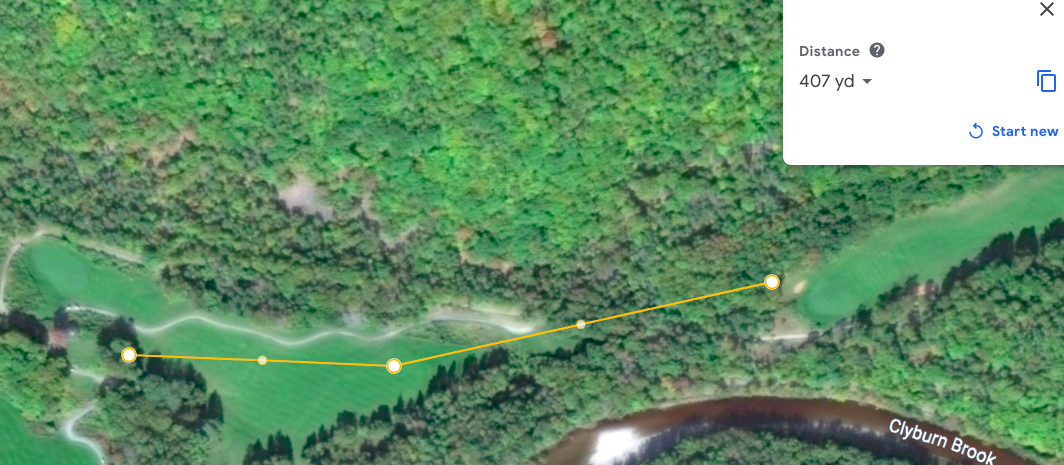
The current ninth hole starts down the hill from the eighth green (right), plays down into a valley, then back uphill to the right. I think that the routing would have been more cohesive if the tee were on the ridge right next to the eighth green and the drive played into this valley. This would also add a mid-length par 4, which the front nine could use.
The current ninth is a another short par 4 (335 yards) that, like the fourth and seventh, uses fairway slopes to make the drive interesting. This time you need about 210 to carry up the slope in the fairway. If you don’t make it, you’ll have a blind approach. If you make it, you’ll still have a blind approach, but a much shorter one. What makes this drive tough is if you take on the slope and don’t hit a fade, it’s easy for the ball to kick left down into the woods. The greensite isn’t too interesting, but that’s appropriate for a blind shot.
In short, I like the current ninth hole, but I think that the routing here would feel a bit more cohesive with my alternative, which should work well in its own right.
In short, I like the current ninth hole, but I think that the routing here would feel a bit more cohesive with my alternative, which should work well in its own right.
The tenth is a lovely downhill par 3 to a green that’s fairly large but gently crowned, making for some challenging first putts if you haven’t hit it close.
The next two holes, crossing the Clyburn Brook (more like a river) are a bit dull. The short par 5 eleventh is flat and doesn’t have any trouble between the tee and green save for dense forest. The par 3 twelfth is brutal from the tips at 240. It’s also pretty featureless save for the high right side of the green, which makes pitches from right of the green very difficult.
I suspect that this hole would have originally had a view of the river on the left and have been beautiful, but they’ve built a dyke along it to prevent this hole from becoming a swamp after it flooded.
I suspect that this hole would have originally had a view of the river on the left and have been beautiful, but they’ve built a dyke along it to prevent this hole from becoming a swamp after it flooded.
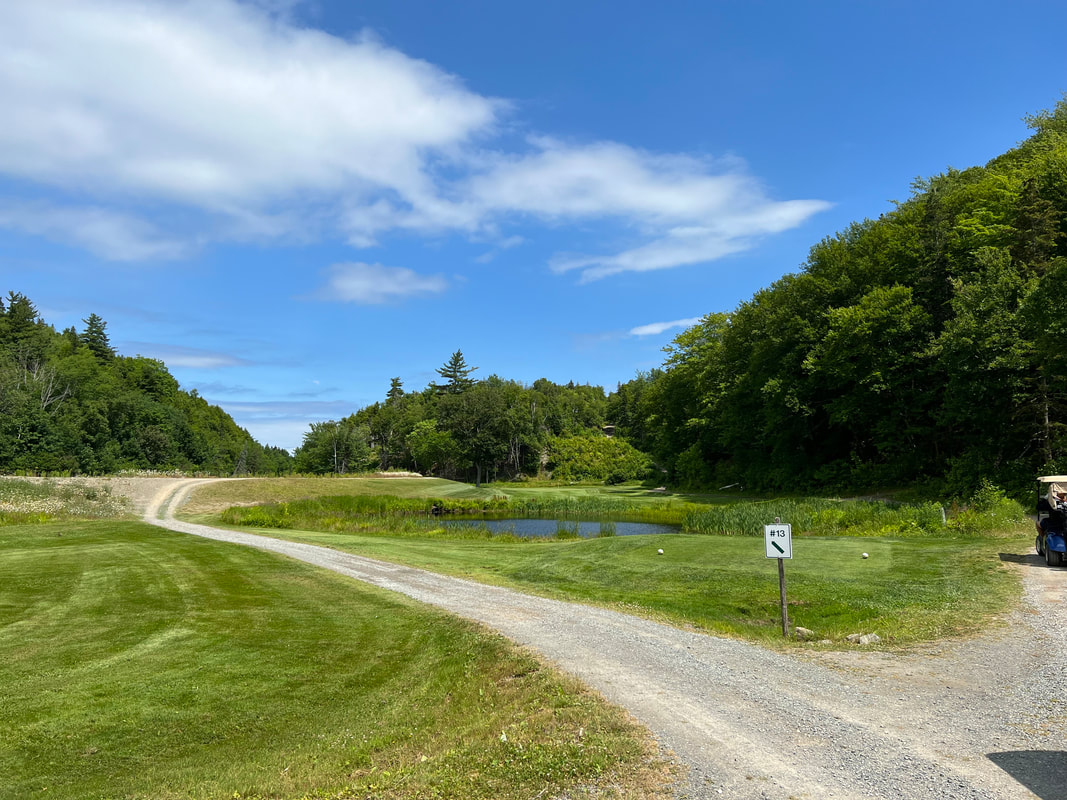
Twelve would have a beautiful view of the river to the left if there weren't a dyke. But then it'd probably be unplayable half the time. After this hole, you have your choice of paths for the 400 yard journey to the next tee: along the river to the left or up the hill and through the woods to the right.
One of the well-known things about Highland Links is the 400+ yard walk from the twelfth to the thirteenth holes. You have two options; you can hike along the river or up and over the hill through the woods. If you’re just playing once, I’d suggest the river walk.
But I don’t really understand why this walk was necessary. While the area between the holes is hilly, it isn’t like we have to go up and over a mountain. Having walked through here, it seemed like most of the area was flat enough to build a hole and looking at it on Google Earth, there’s plenty of flatter ground going toward the fourteenth green. I would think that there could have been a long par 4 or short par 5 here ending somewhere between the current thirteenth tee and fourteenth green. My version of the routing would kill the par 3 tenth, although the ninth green would be near the current eleventh tee.
But that’s not what we have. And there’s an argument to be made for the 400 yard walk in its own right. This course is almost as much about hiking as playing golf. Until 20 or 25 years ago, there were no golf carts here. So the 400 yard walk functioned as an interlude in the golf and a beautiful one at that, alongside the Clyburn Brook. I wonder if Thompson had a more golf-cohesive version of the routing but eschewed it for this one that gives you a pause in the golf and allows you to just take in the scenery?
But I don’t really understand why this walk was necessary. While the area between the holes is hilly, it isn’t like we have to go up and over a mountain. Having walked through here, it seemed like most of the area was flat enough to build a hole and looking at it on Google Earth, there’s plenty of flatter ground going toward the fourteenth green. I would think that there could have been a long par 4 or short par 5 here ending somewhere between the current thirteenth tee and fourteenth green. My version of the routing would kill the par 3 tenth, although the ninth green would be near the current eleventh tee.
But that’s not what we have. And there’s an argument to be made for the 400 yard walk in its own right. This course is almost as much about hiking as playing golf. Until 20 or 25 years ago, there were no golf carts here. So the 400 yard walk functioned as an interlude in the golf and a beautiful one at that, alongside the Clyburn Brook. I wonder if Thompson had a more golf-cohesive version of the routing but eschewed it for this one that gives you a pause in the golf and allows you to just take in the scenery?
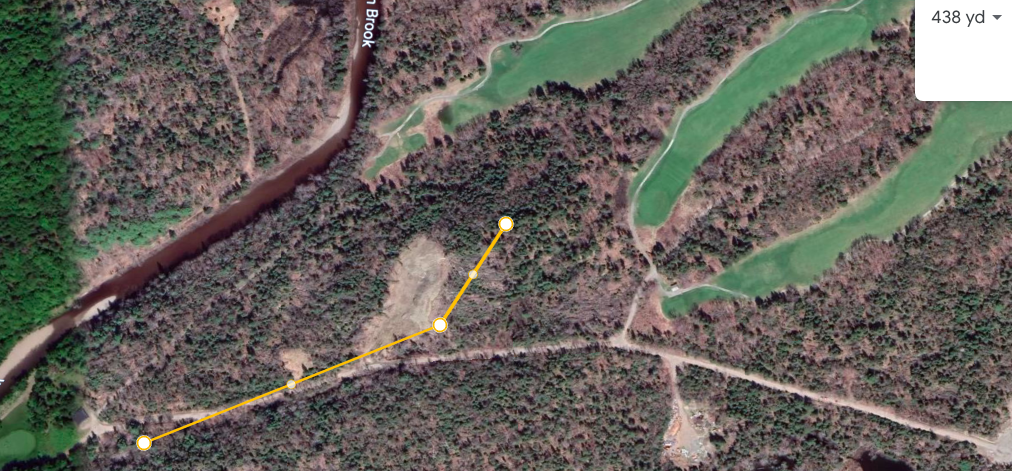
The elevation of the entire space of this hole, which would start just up the hill from the twelfth green at the bottom-left would be 33-37 meters, except in front of the tee where it drops down to 28 meters. The green would be on a ridge with drop-offs left and long but just a gradual upslope coming in from the fairway and to the right of the green. After this, there'd be a 120-140 yard walk to the current thirteenth tee.
Anyway back to the course that’s actually here—the rest of which is very good. The 435 yard thirteenth is another take on the course’s driving theme. If you hit a strong drive up the right side that turns a bit right to left, you can get really far down the fairway. If you hit it a bit too far left, it can kick into the woods. And if you hit a weak fade, it may not go anywhere.
The most interesting thing about the thirteenth is that we have a very similar shot on the approach and it works very well. Just short of the green there’s a massive diagonal ridge and if you’re well back in the left side of the fairway, you can use this to sling a ball onto the green (as I learned). But if you don’t run it far enough, the ball will run off to the left or right and leave an awkward pitch to much of the green. Apparently the green used to be a punchbowl but this was revised for drainage’s sake. I’m sure that something was lost but the hole is still very good as-is.
While the right-to-left slope of the thirteenth hole will feel comfortable to most right-handers, the dogleg left fourteenth will not, especially if you play the back tees. Both sides of the hole slope gently away and it’s really critical to hit a straight ball or a slight draw here. It’s only about 220 to run into the woods on the right. The problem is that the hole is 400 yards and plays into the wind so if you hit a long iron, you’ll be pretty far back.
And the green, while it looks innocent enough, is no joke if the pin is on the right. This right right half of the green slopes severely away and you’d be in trouble being anywhere left of this pin. It’s much easier if the pin is on the left but like the first, this hole seriously demands solid ball striking…and is less forgiving of inaccuracy.
Fifteen and Sixteen are back-to-back par 5s that are about as good and more fun than six and seven. The drive on fifteen is very reminiscent of seven with a narrow chute, trees and a hill on the left, and a hill that you can carry if you hit a good drive. Like seven, it could use some major tree removal on the left. It’s tougher to reach or clear the hill here, probably ~300 yards. But the second shot is much simpler if you’re laying up, to fairly flat ground and no bunkers.
The green and its surroundings are outstanding. This was all fairly flat land and Thompson built a massive ridge around the green, into which he carved his elegant bunkers. While many of the bunkers on this course have become degraded over time, those on this hole look excellent—probably thanks to work done by Canadian architect Ian Andrew over the last decade-and-a-half. The green is two-tiered and is one of the course’s most challenging if you find yourself far from the hole.
Sixteen is undoubtedly the easiest of the course’s five par 5s at only 460 yards and with an (almost) unmissably wide fairway. But it’s also the most fun. And whatever the par, it’s an excellent hole.
The fairway is quite something—bumpier than almost any links course that I’ve played. A lot fairways here have this bumpiness, but this one is easiest the most bumpy. And apparently all of this was constructed by Thompson and his associates, with Thompson directing the placement of rock and dirt to achieve the look and playing characteristics that he wanted.
The fairway is quite something—bumpier than almost any links course that I’ve played. A lot fairways here have this bumpiness, but this one is easiest the most bumpy. And apparently all of this was constructed by Thompson and his associates, with Thompson directing the placement of rock and dirt to achieve the look and playing characteristics that he wanted.
The approach to the hilltop green is also excellent. The major feature here is an almost wall-like hill about 60 yards short of the green. You’ll need to hit a solid shot if coming in from some distance because you’ll be unlikely to run the ball up this. Most decent length hitters should have a chance at the green off a good drive so this shot is a excellent test of a long iron or fairway wood. The green is narrow and runs off at the left, so you’ll also need to be accurate.
Seventeen is pleasant-looking enough, but you need to be very careful to stay below the hole here because there’s a steep ridge that runs horizontally across the middle of the green.
It would have been nice if Thompson could have sent the seventeenth hole to the left behind the first green so that the eighteenth could have finished along the ocean. That would have brought the course back from mountains to ocean and would have made for quite an exciting finish.
But the eighteenth is a good hole in its own right. While it’s pretty wide open off the tee, I found it to be very easy to lose my ball to the right for some reason (maybe the alignment of the tee box, which points that way).
You want to aim up the left side because this leaves the best angle into probably the most steeply pitched green on the course. The green both angles and slopes from back-right to front-left and if the pin is in the front-left bowl, you’re much better off missing the green short than anywhere else.
You want to aim up the left side because this leaves the best angle into probably the most steeply pitched green on the course. The green both angles and slopes from back-right to front-left and if the pin is in the front-left bowl, you’re much better off missing the green short than anywhere else.
Perhaps more than any course I can think of, Highlands Links is an almost perfect expression of its site (Greywalls in Michigan is up there too). On this land, winding rivers run between forested mountains, out to tidal ponds and finally the sea. Despite my issues with the routing in a few places, it does its main job of exposing you to all of that very well. Like I said, if there weren’t a golf course here, this would be the hiking path that you’d want to take through this land.
So the land is incredibly well-used on the macro-level. But it’s also well-used on a micro-one. The land’s contours provide the course’s main source of driving challenge and opportunity. On at least a half-dozen holes, a well-conceived and well-executed drive can catch a slope and bound forward while one that isn’t well-conceived or isn’t well-executed will hit and upslope and leave a difficult second. This isn’t an accident; even with the same routing, a lesser architect could have put the fairways in slightly different places and lost much of the greatness of holes 4, 7, 8, 13, and 15. The only course that I can think of which uses slopes in the fairways so effectively is Colt’s great St. George’s Hill.
I was also a bit surprised by how good the greens were. Given the reputation of both Thompson and the course, I probably shouldn’t have been. But there’s so much variety in these greens. Some have big, heaving slopes (2, 18). Some have tiers or internal ridges (3, 5, 15). And some just have a lot of less-describable contour (7). If you put this set of greens on an otherwise average course, it’d stand out in most neighborhoods.
I really wish that there were more courses like this: national park courses that took advantage of their spectacular locations. Canada has two more of them: Jasper Park and Banff Springs, both designed by Stanley Thompson in the 30s, I’d imagine to stimulate employment. It’d be great to have courses like these in some of America’s national parks. Imagine if Donald Ross or Alastair MacKenzie had been given a similar mandate to build a course in Yellowstone or on the outskirts of either Great Smoky Mountain National Park or Yosemite? Perhaps then we could have learned to bring golf together with the broader conservation movement and avoid some of the destructive wastefulness that the sport has embraced over the past few decades.
So the land is incredibly well-used on the macro-level. But it’s also well-used on a micro-one. The land’s contours provide the course’s main source of driving challenge and opportunity. On at least a half-dozen holes, a well-conceived and well-executed drive can catch a slope and bound forward while one that isn’t well-conceived or isn’t well-executed will hit and upslope and leave a difficult second. This isn’t an accident; even with the same routing, a lesser architect could have put the fairways in slightly different places and lost much of the greatness of holes 4, 7, 8, 13, and 15. The only course that I can think of which uses slopes in the fairways so effectively is Colt’s great St. George’s Hill.
I was also a bit surprised by how good the greens were. Given the reputation of both Thompson and the course, I probably shouldn’t have been. But there’s so much variety in these greens. Some have big, heaving slopes (2, 18). Some have tiers or internal ridges (3, 5, 15). And some just have a lot of less-describable contour (7). If you put this set of greens on an otherwise average course, it’d stand out in most neighborhoods.
I really wish that there were more courses like this: national park courses that took advantage of their spectacular locations. Canada has two more of them: Jasper Park and Banff Springs, both designed by Stanley Thompson in the 30s, I’d imagine to stimulate employment. It’d be great to have courses like these in some of America’s national parks. Imagine if Donald Ross or Alastair MacKenzie had been given a similar mandate to build a course in Yellowstone or on the outskirts of either Great Smoky Mountain National Park or Yosemite? Perhaps then we could have learned to bring golf together with the broader conservation movement and avoid some of the destructive wastefulness that the sport has embraced over the past few decades.
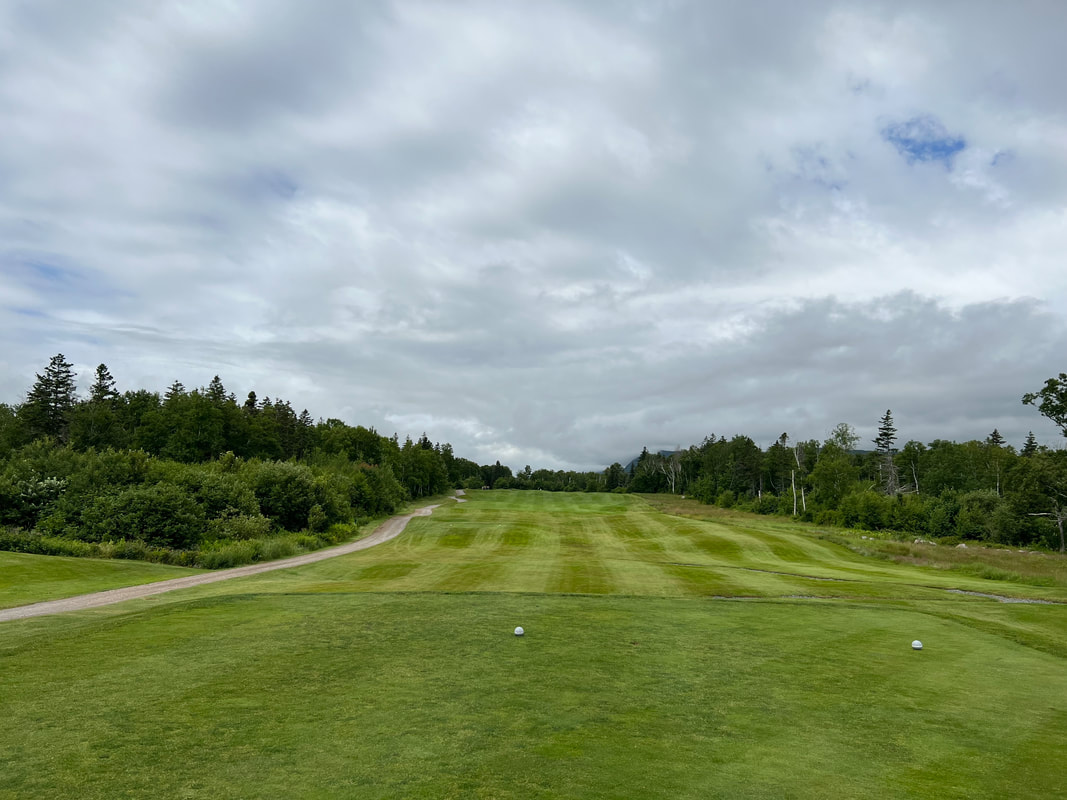
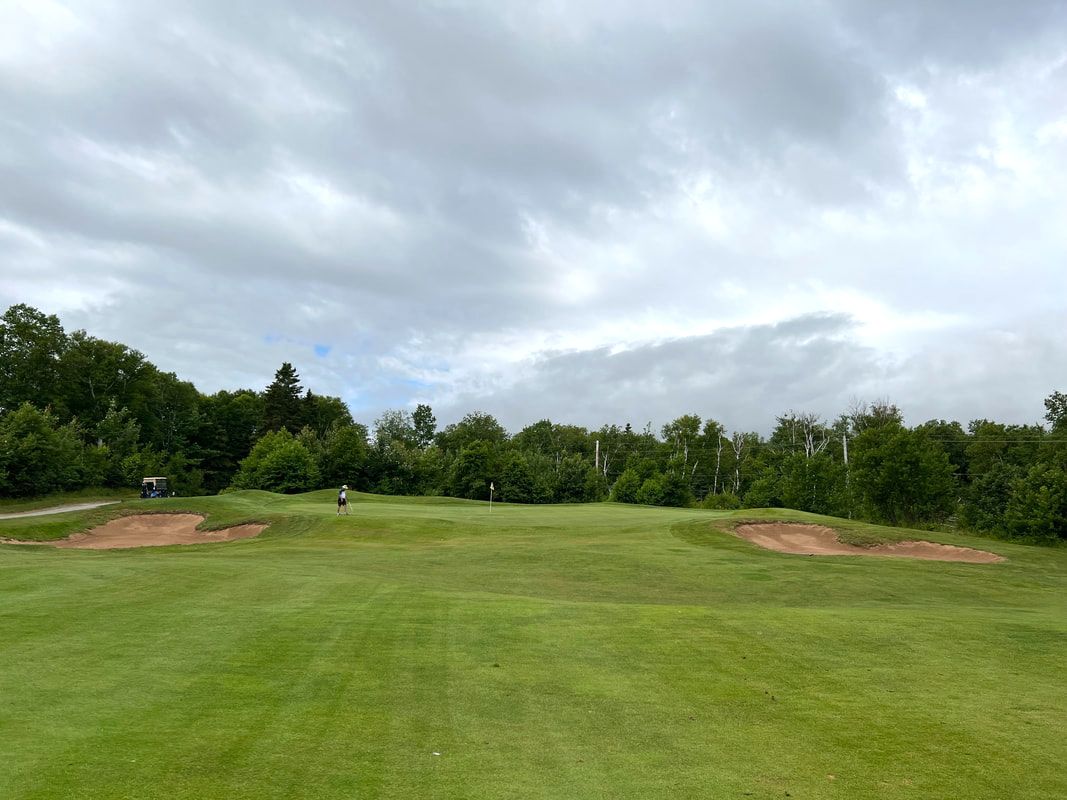
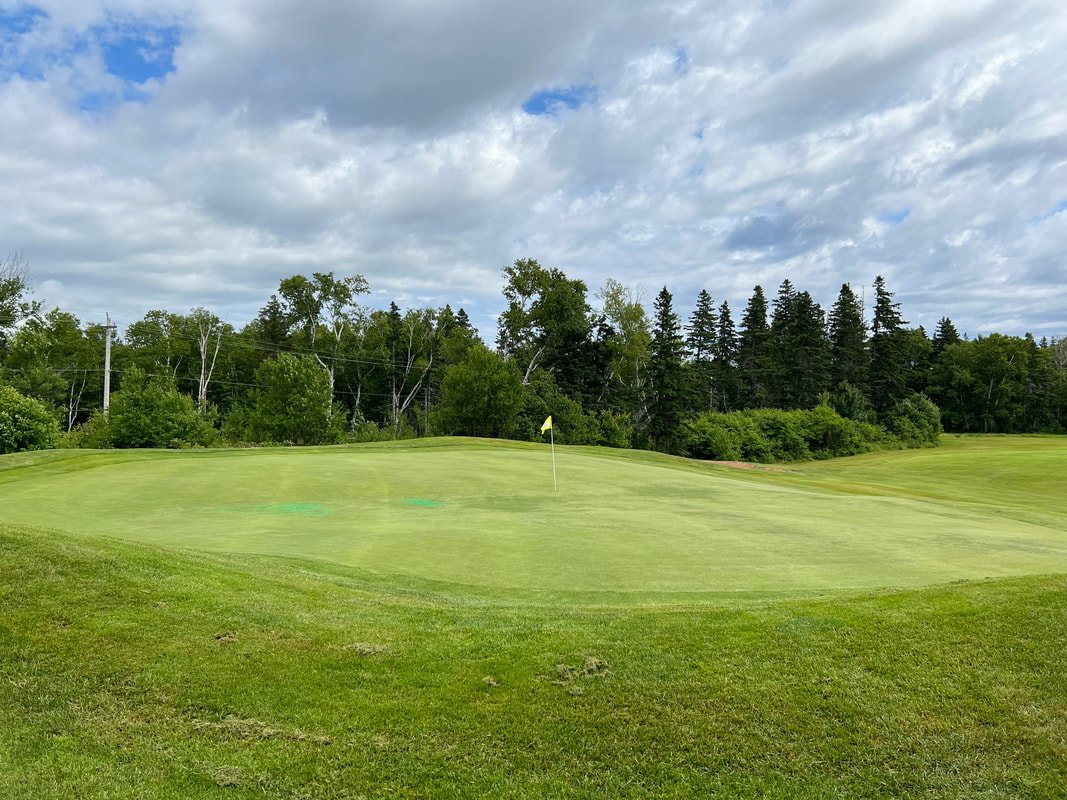
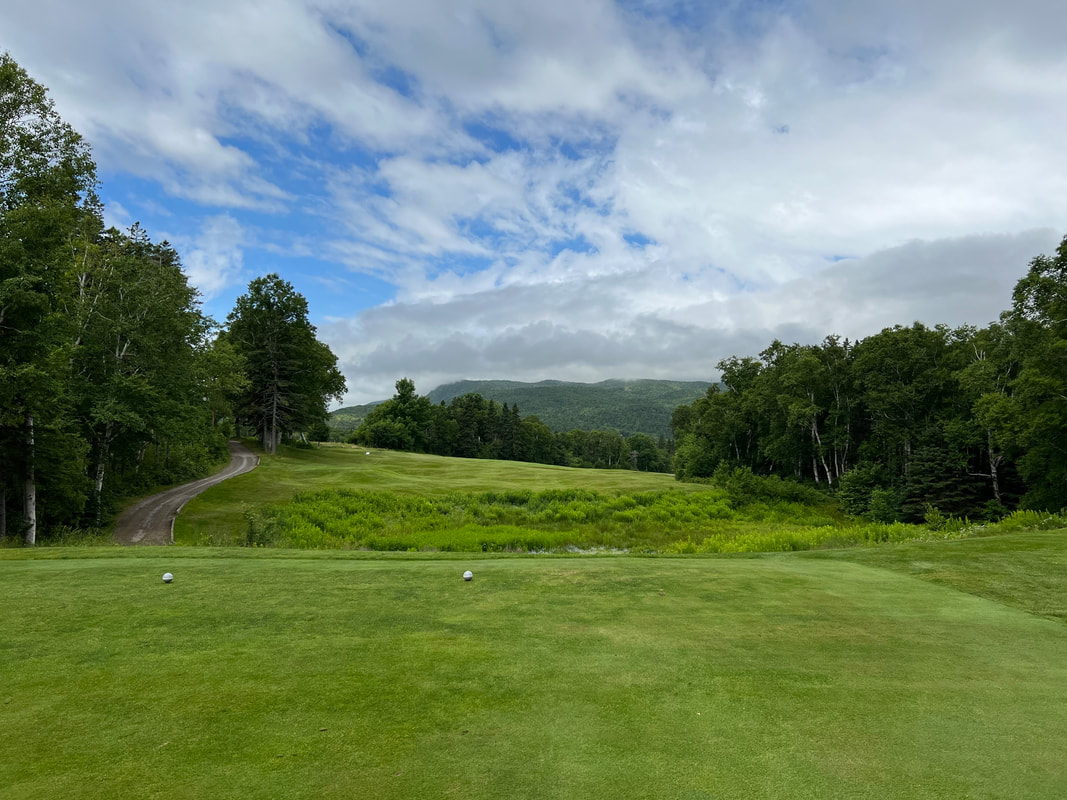
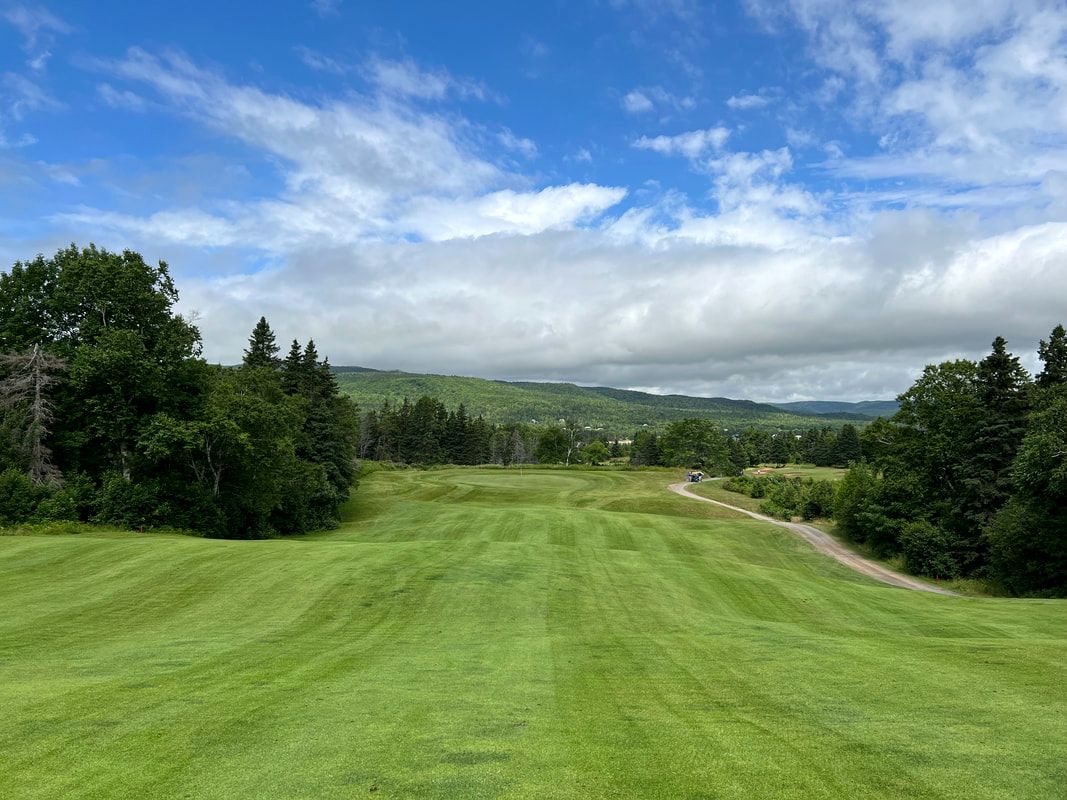
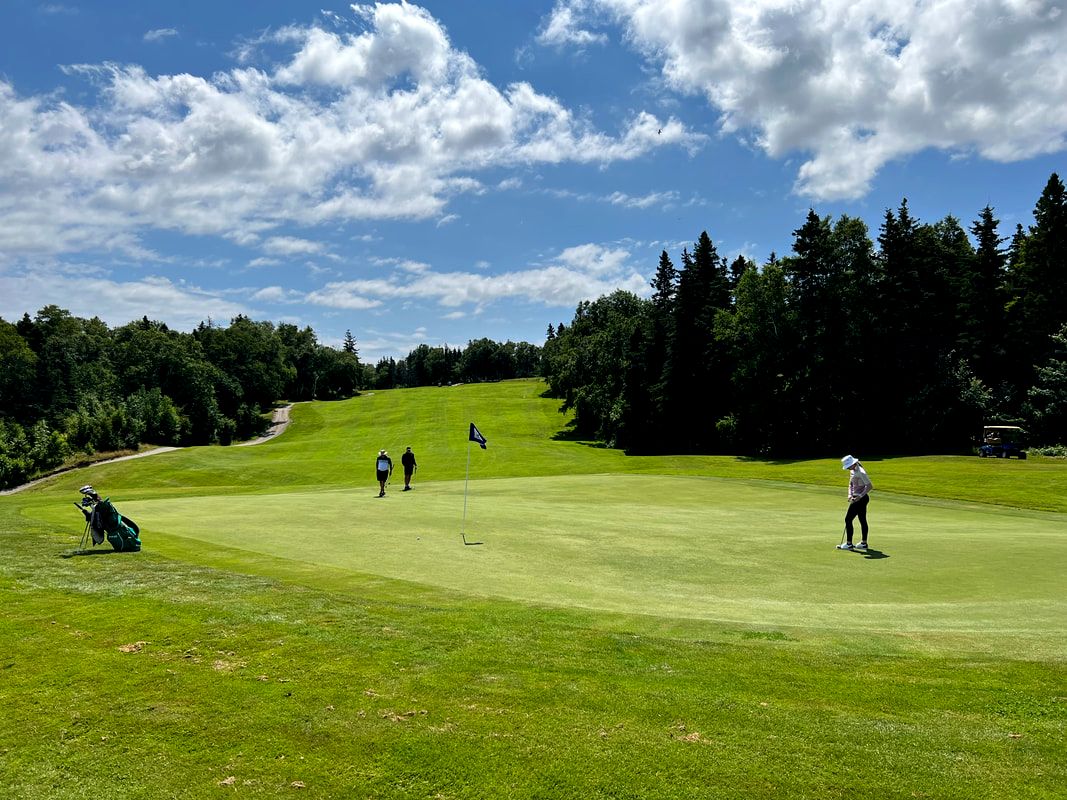
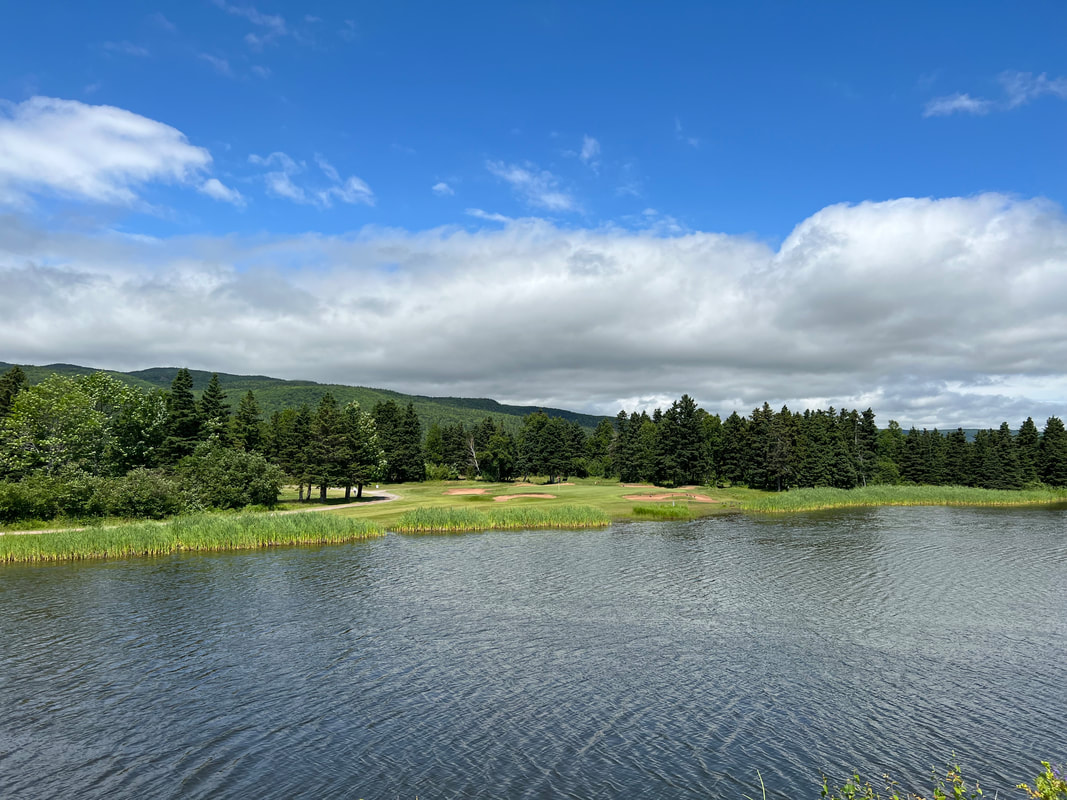
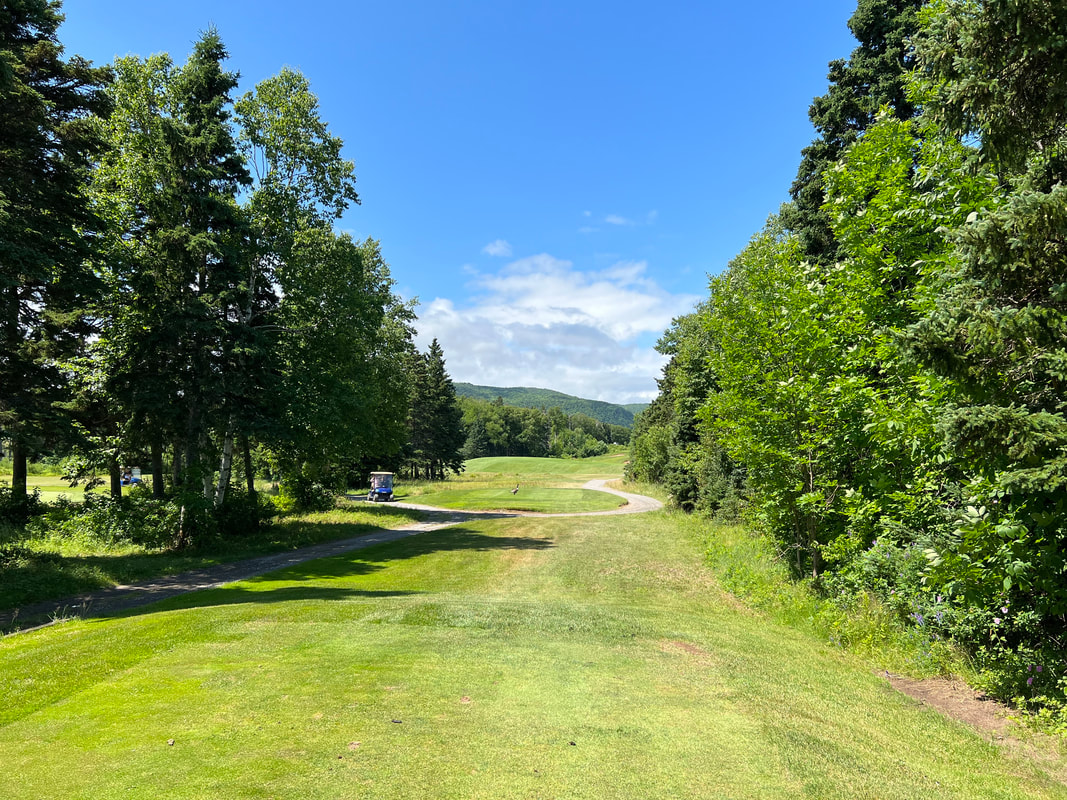
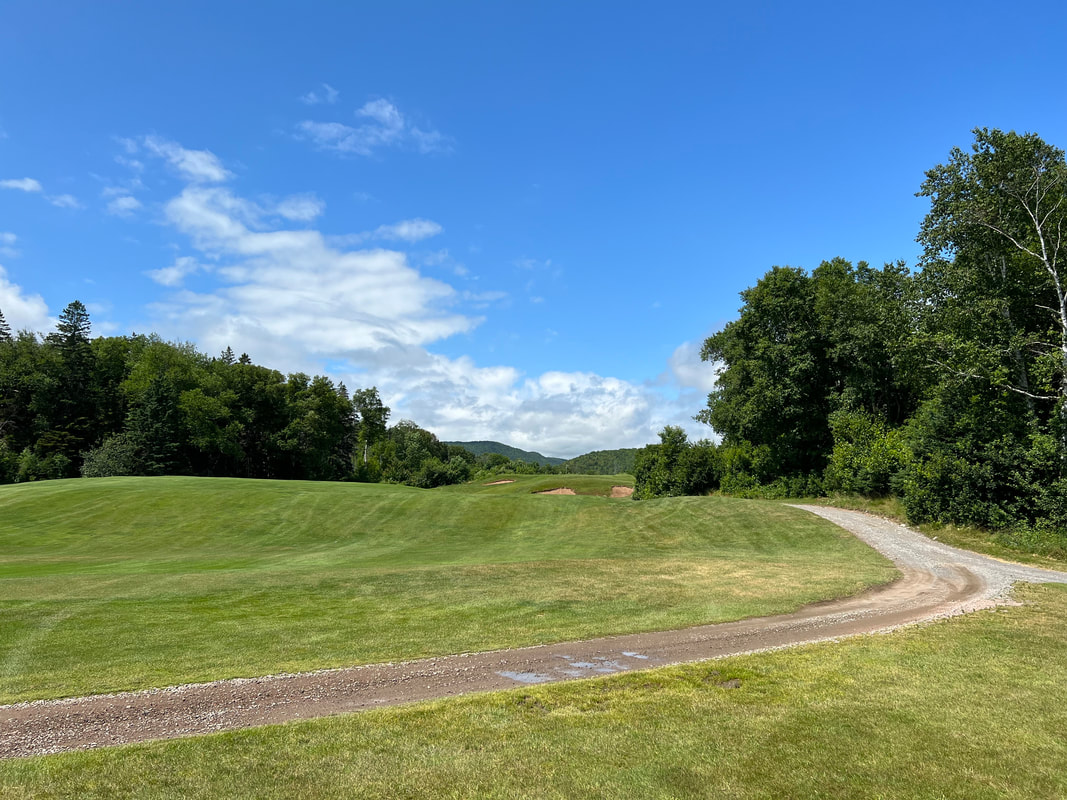
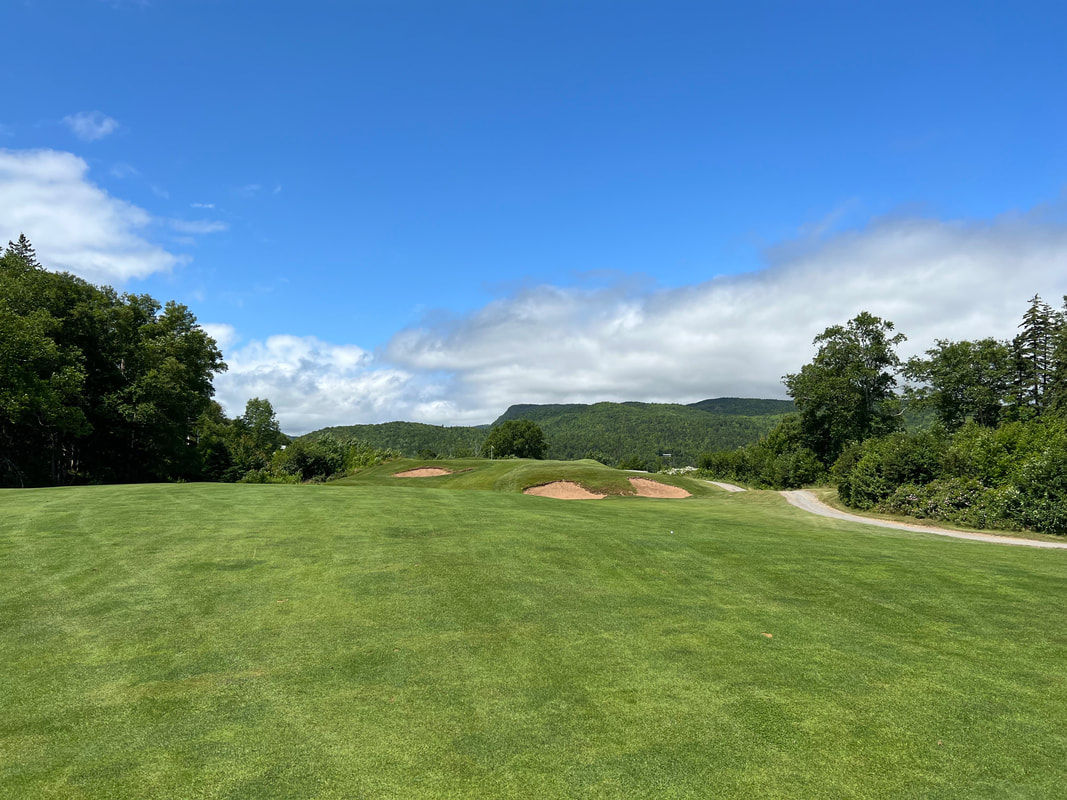
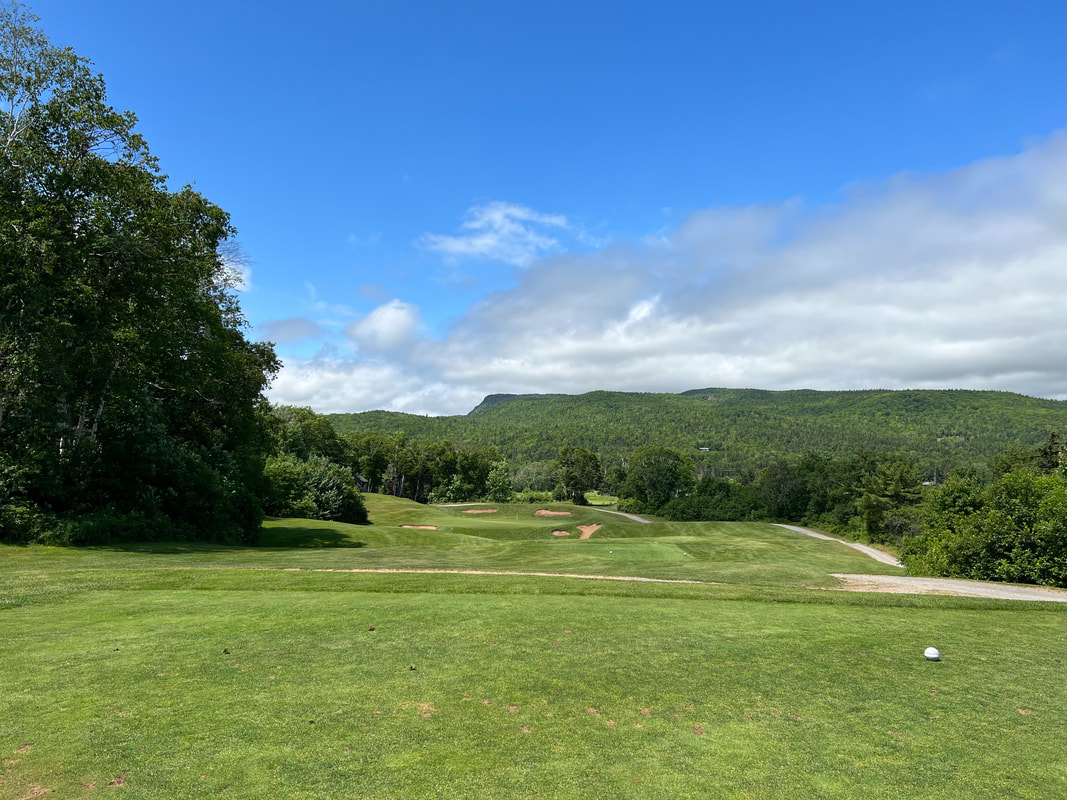
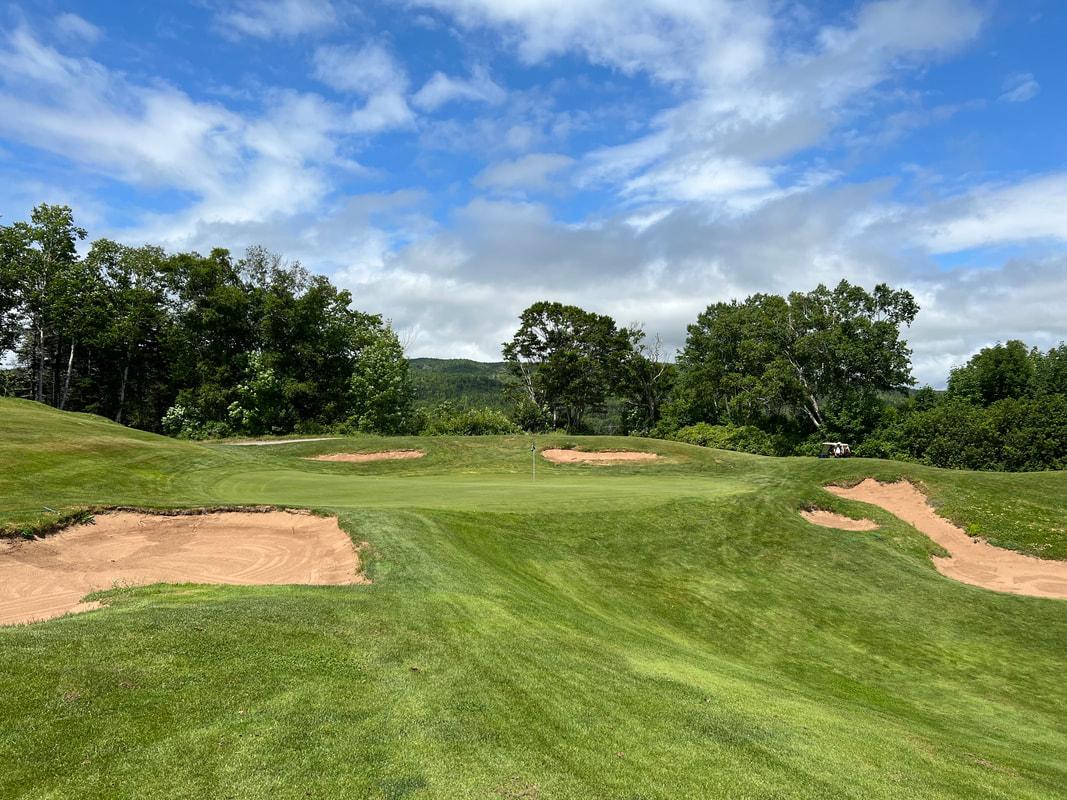
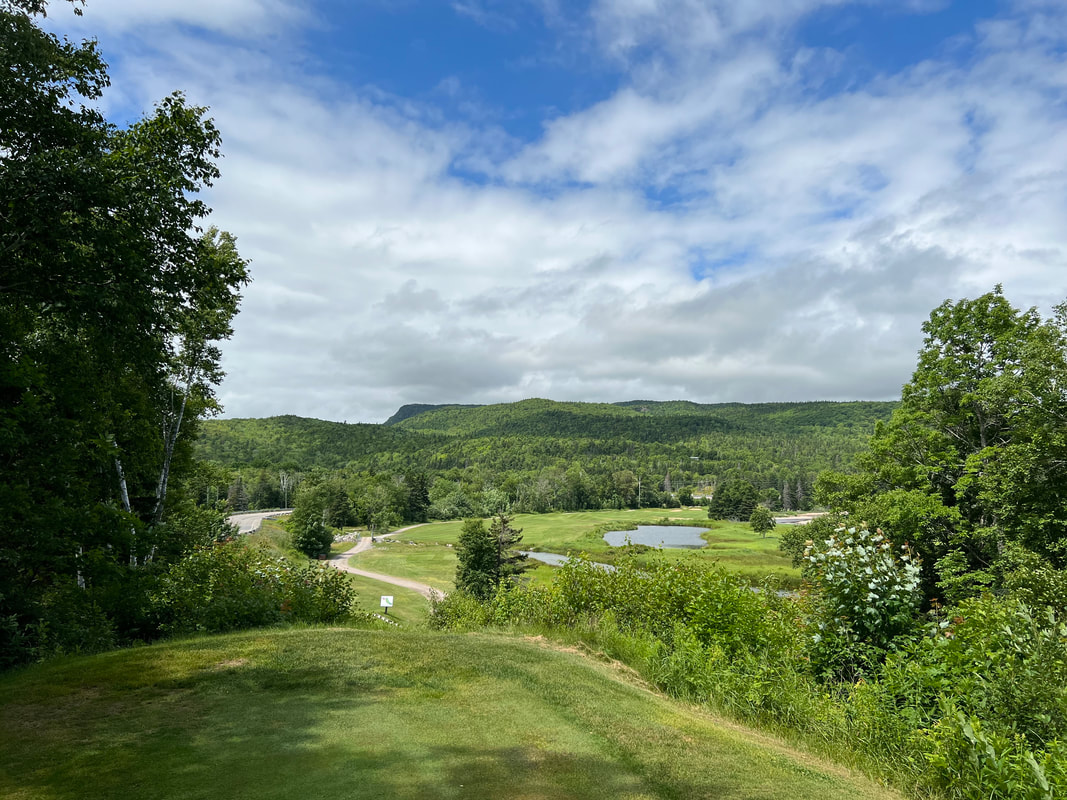
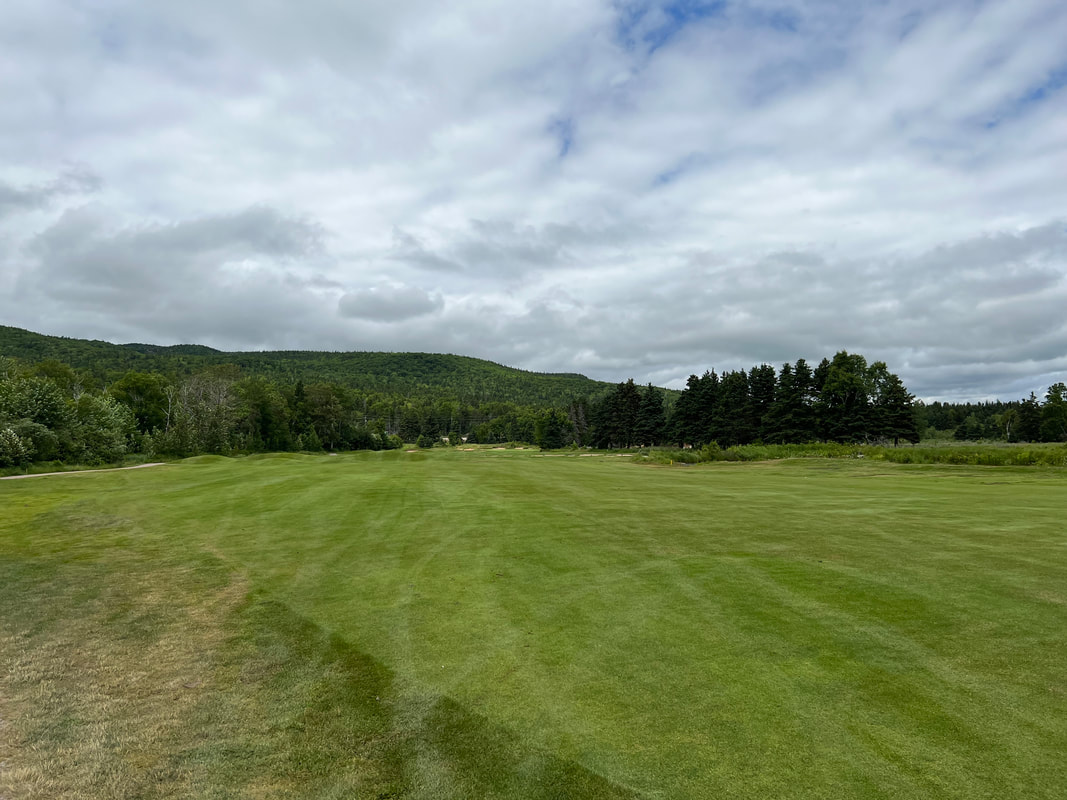

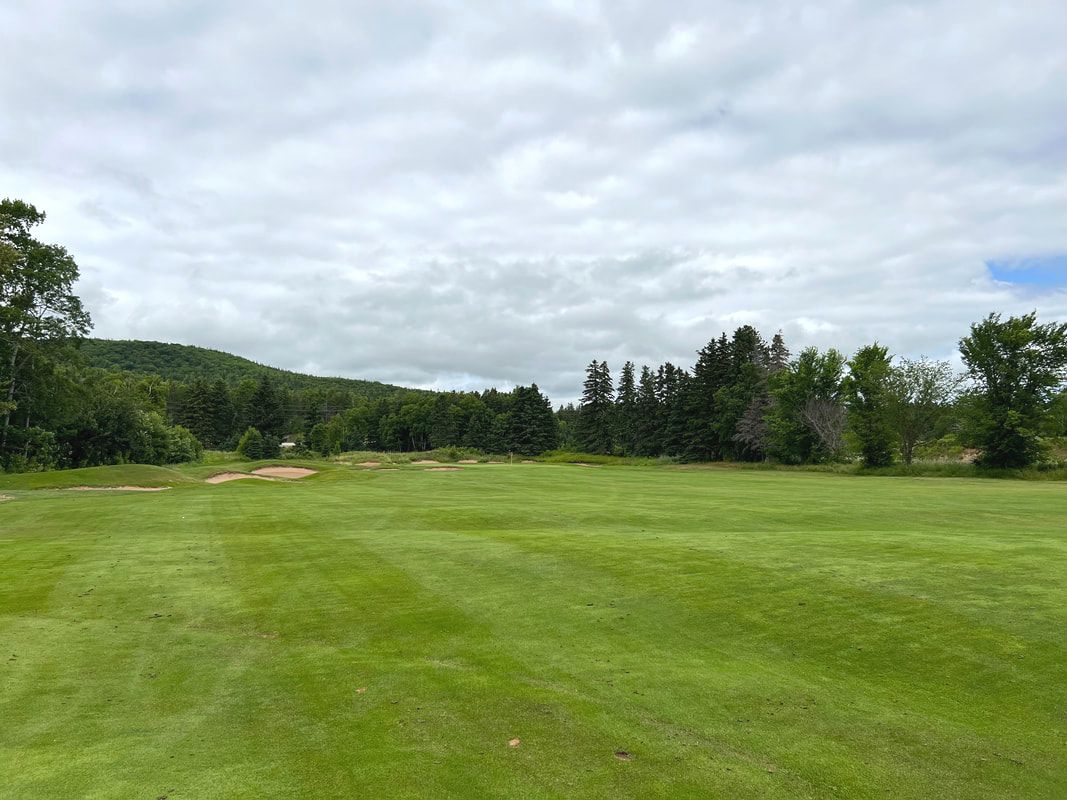
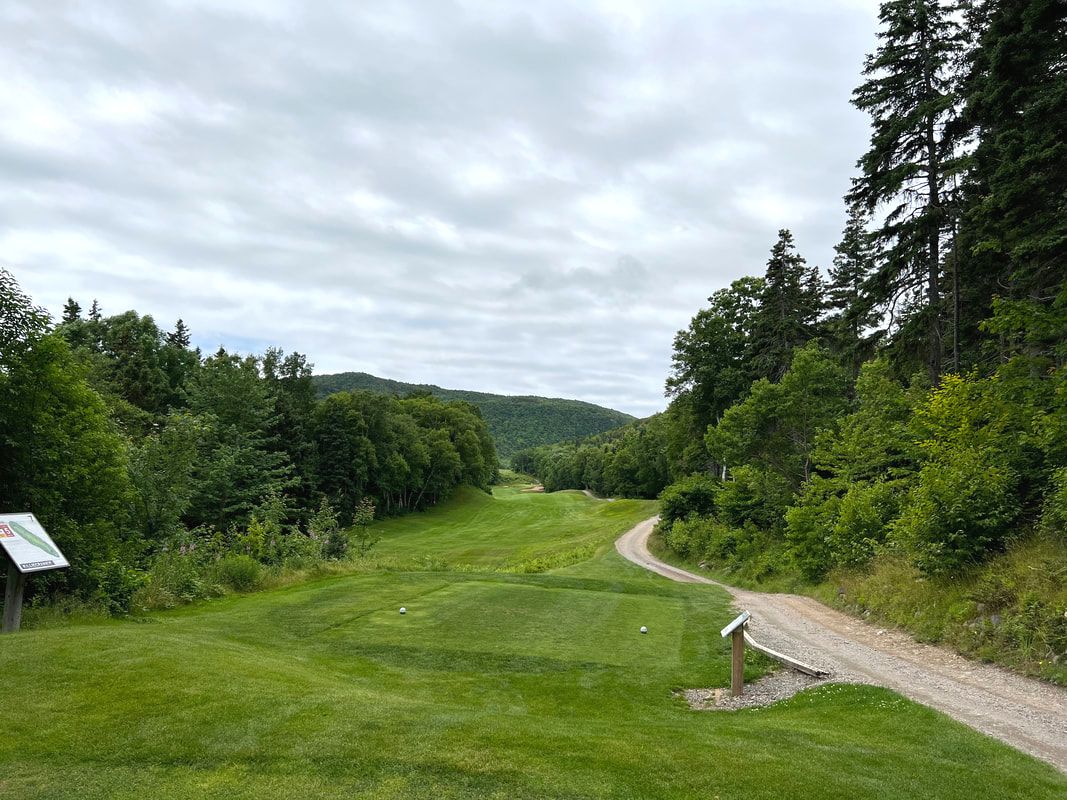
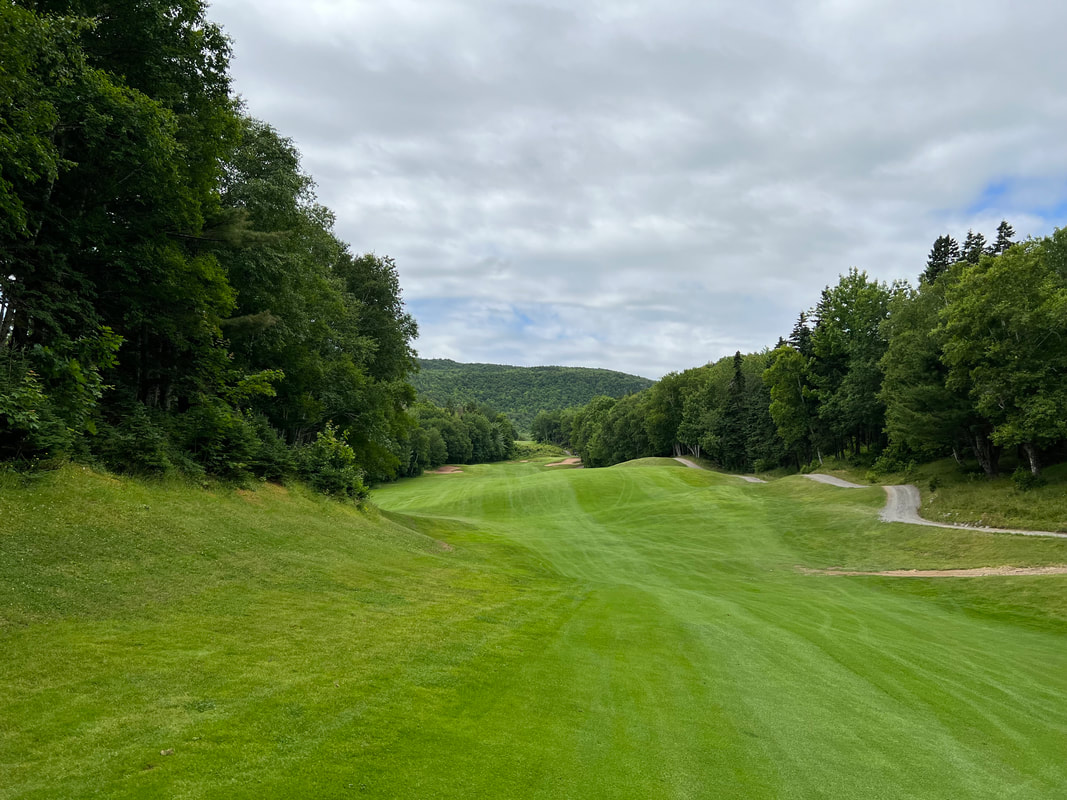
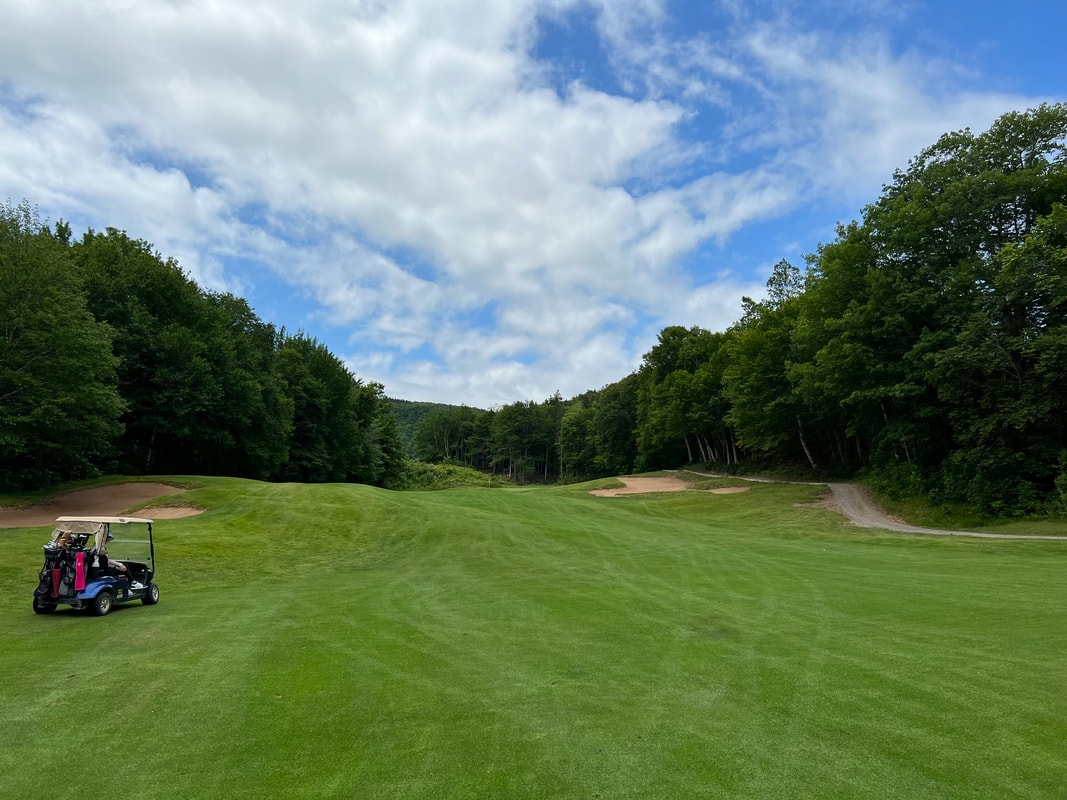
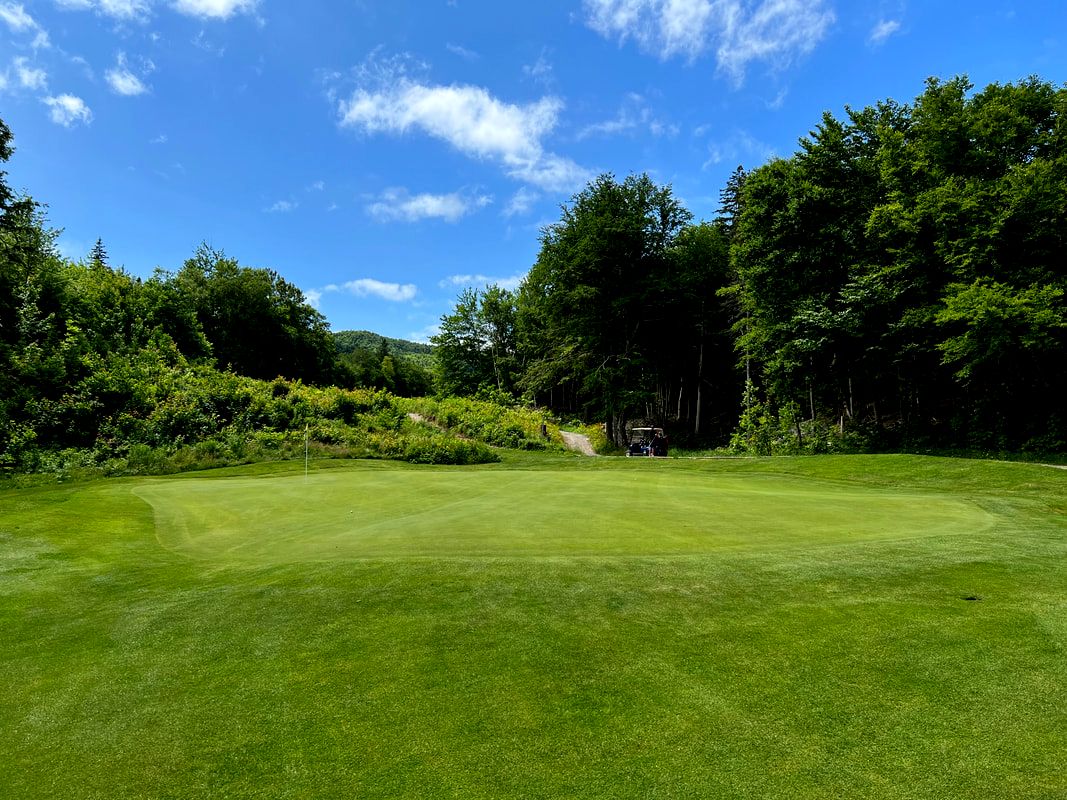
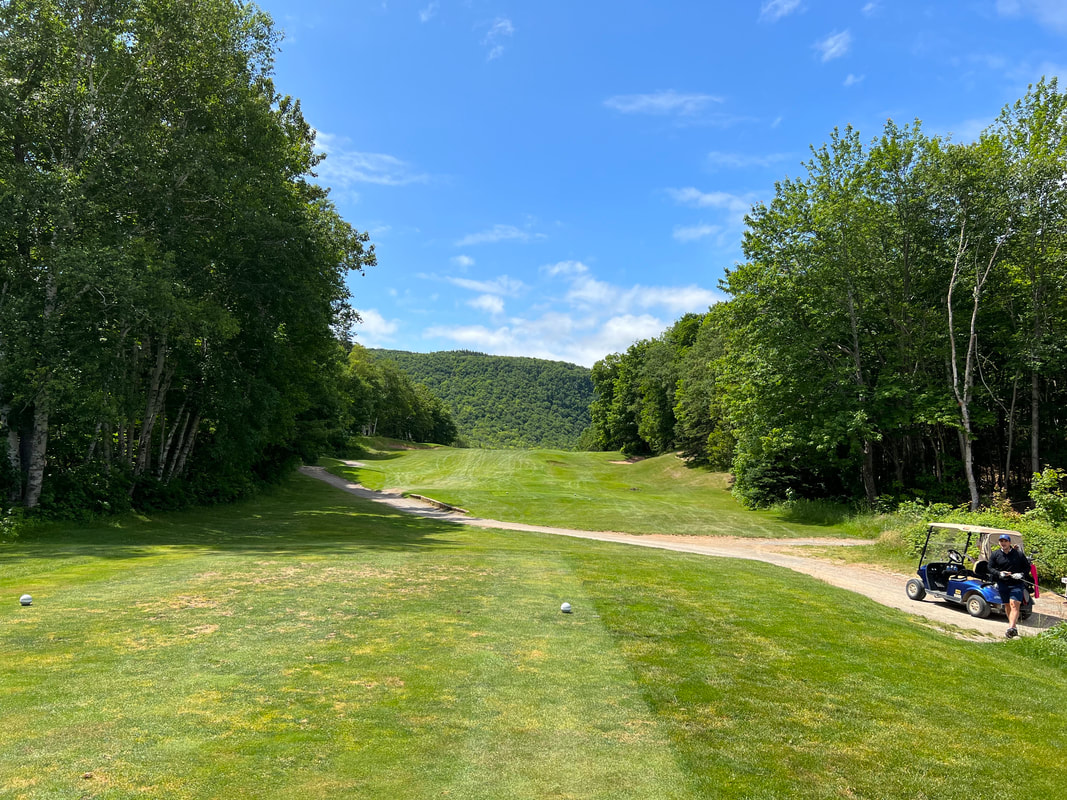
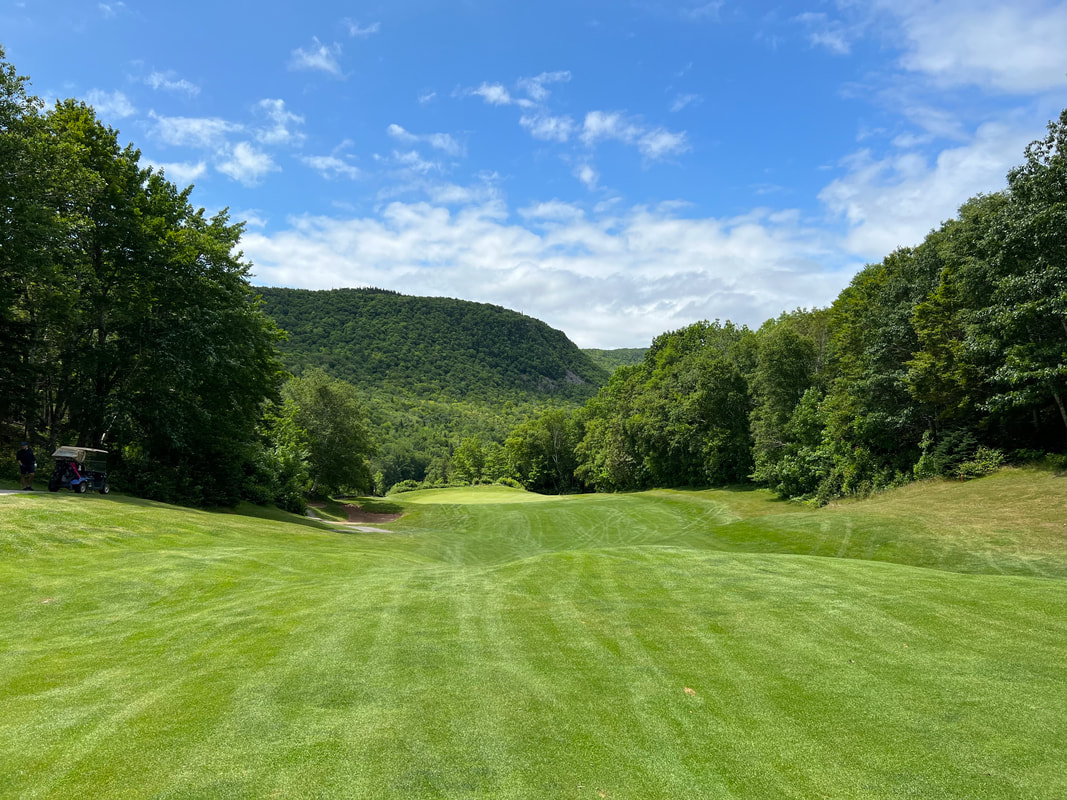
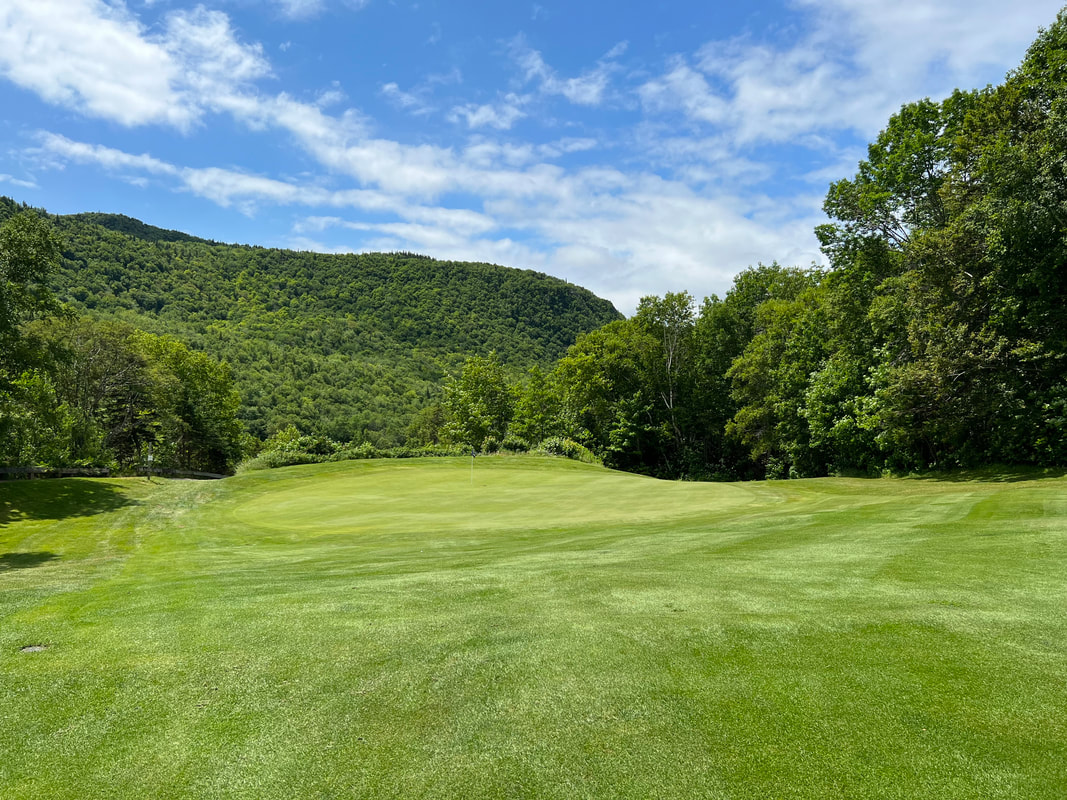
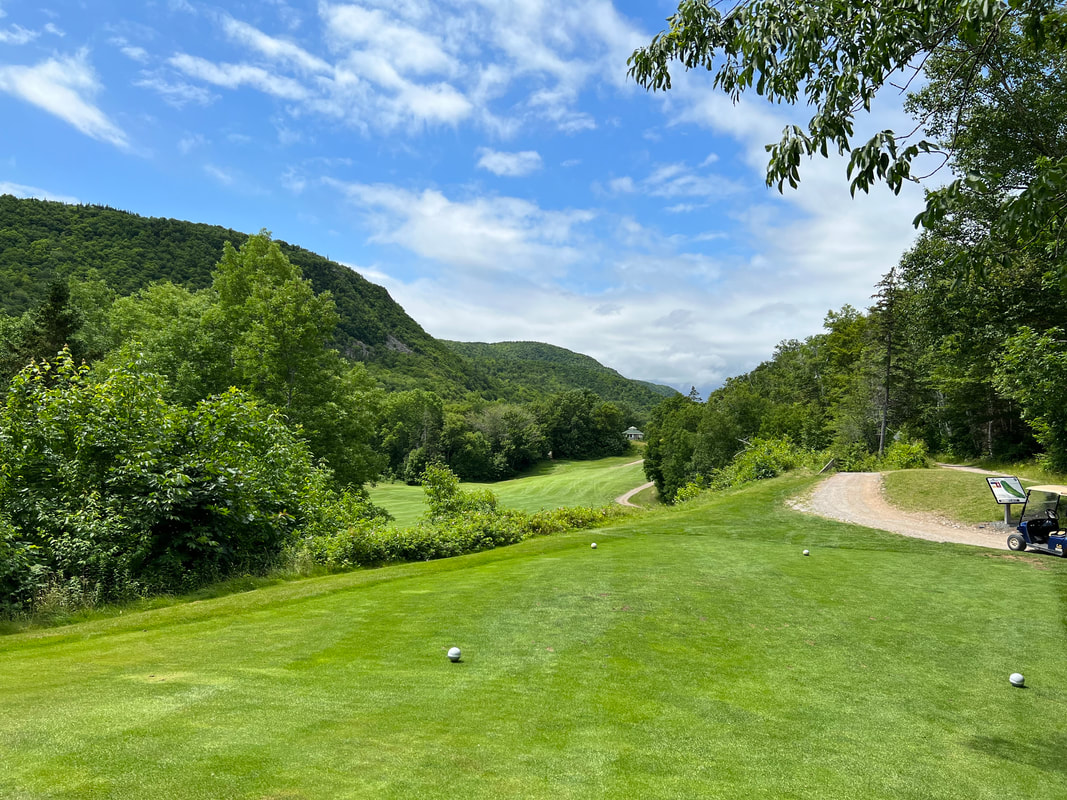
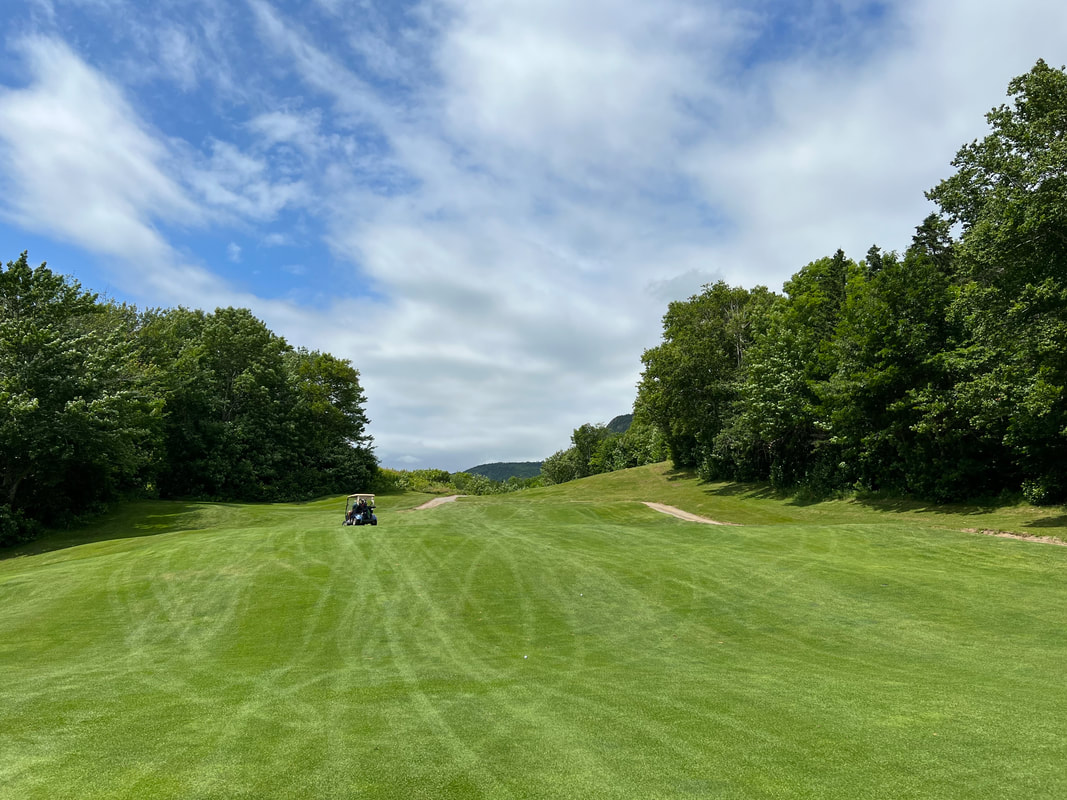
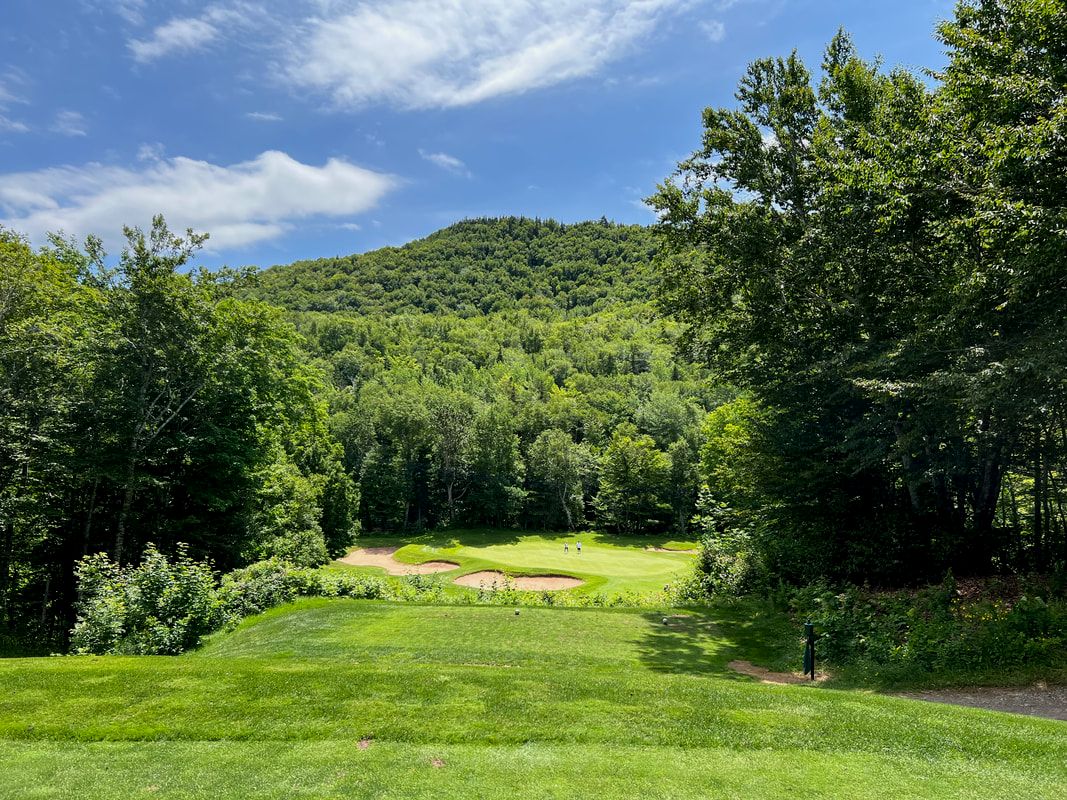
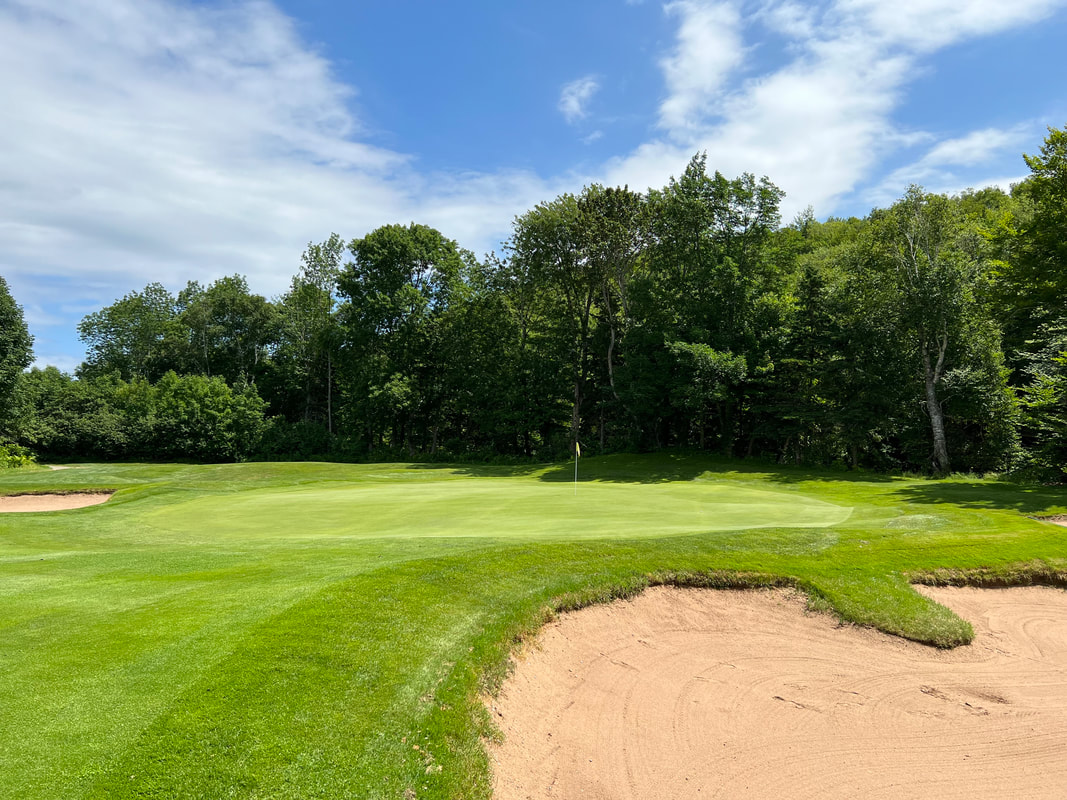
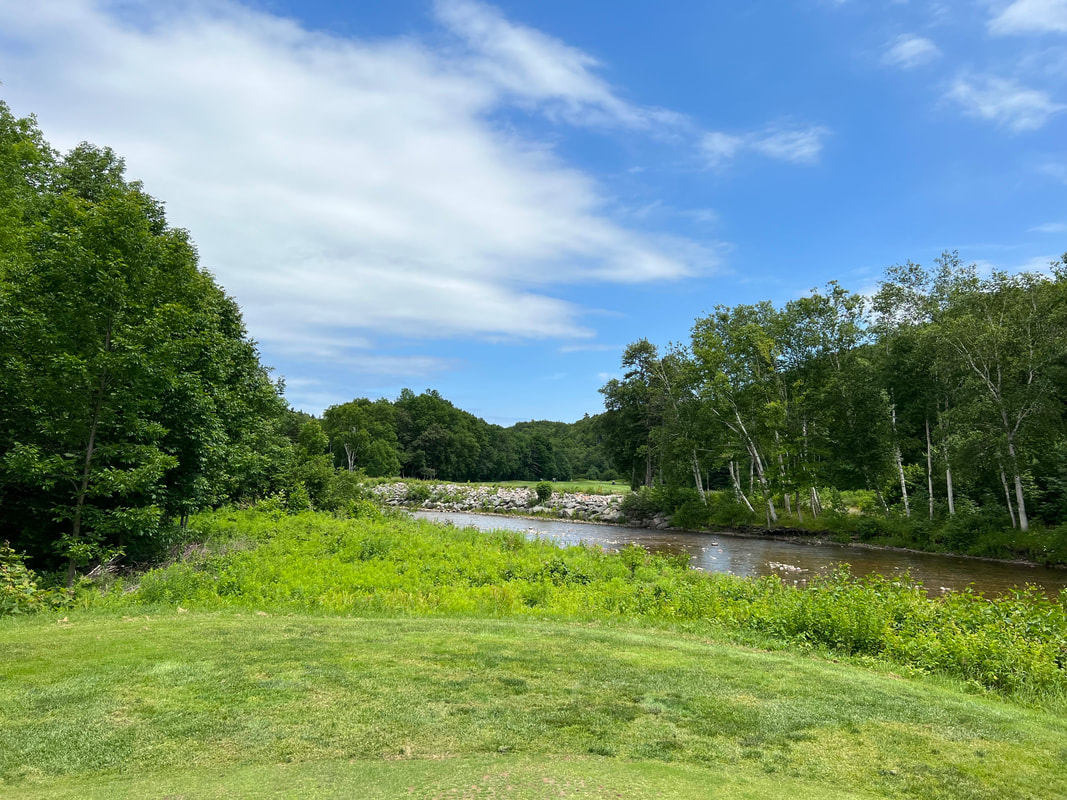
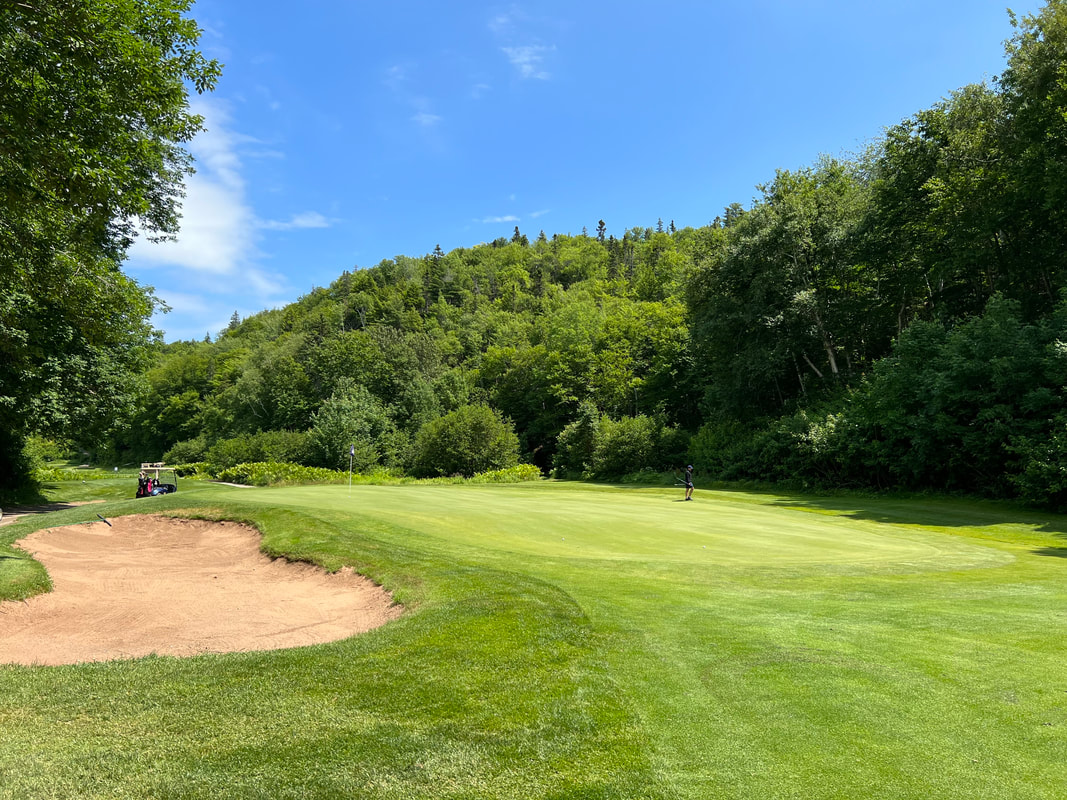
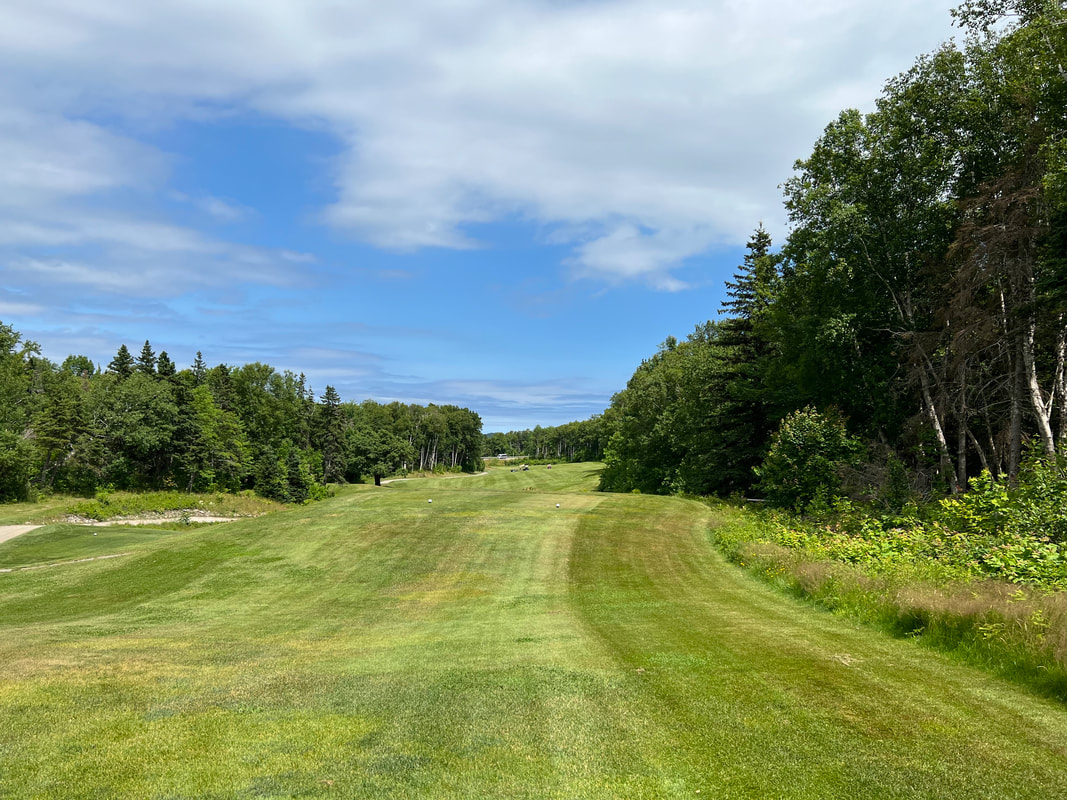
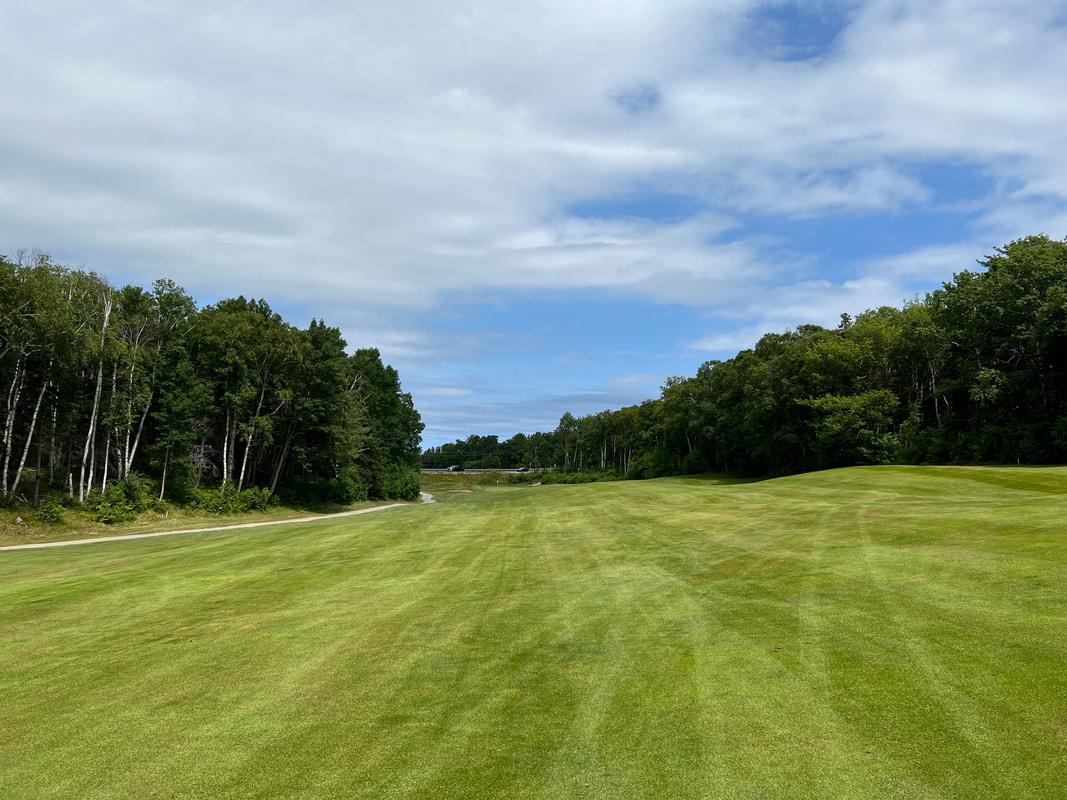
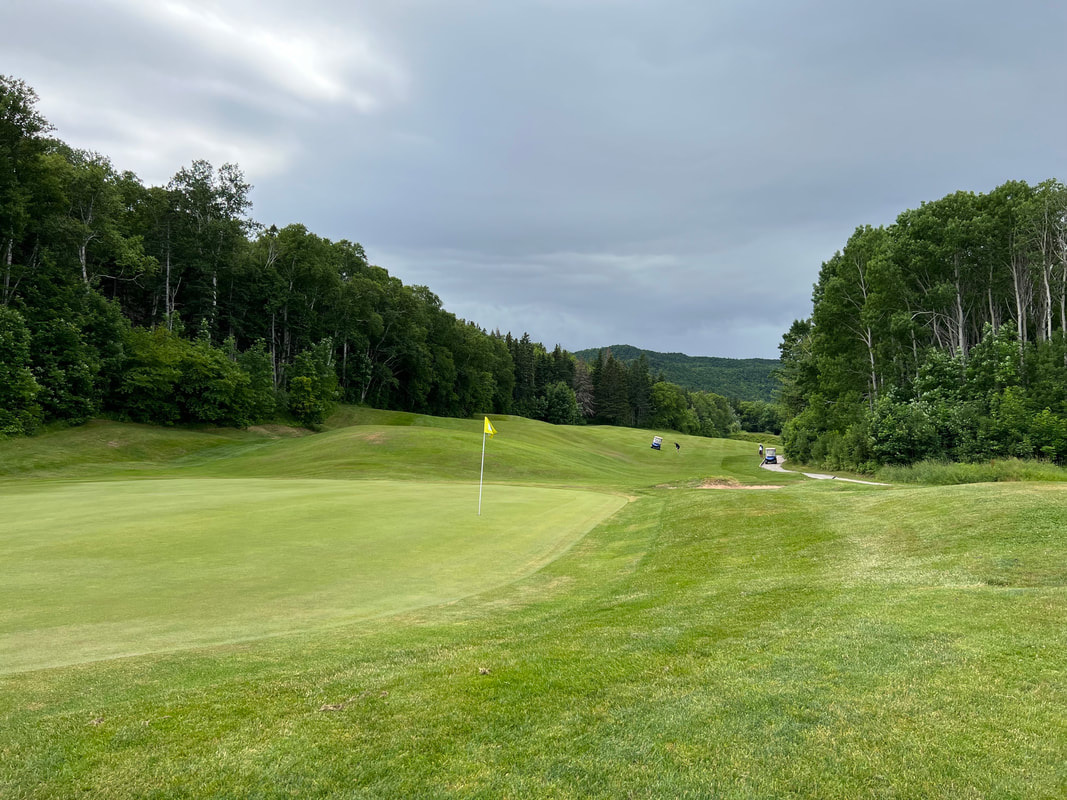
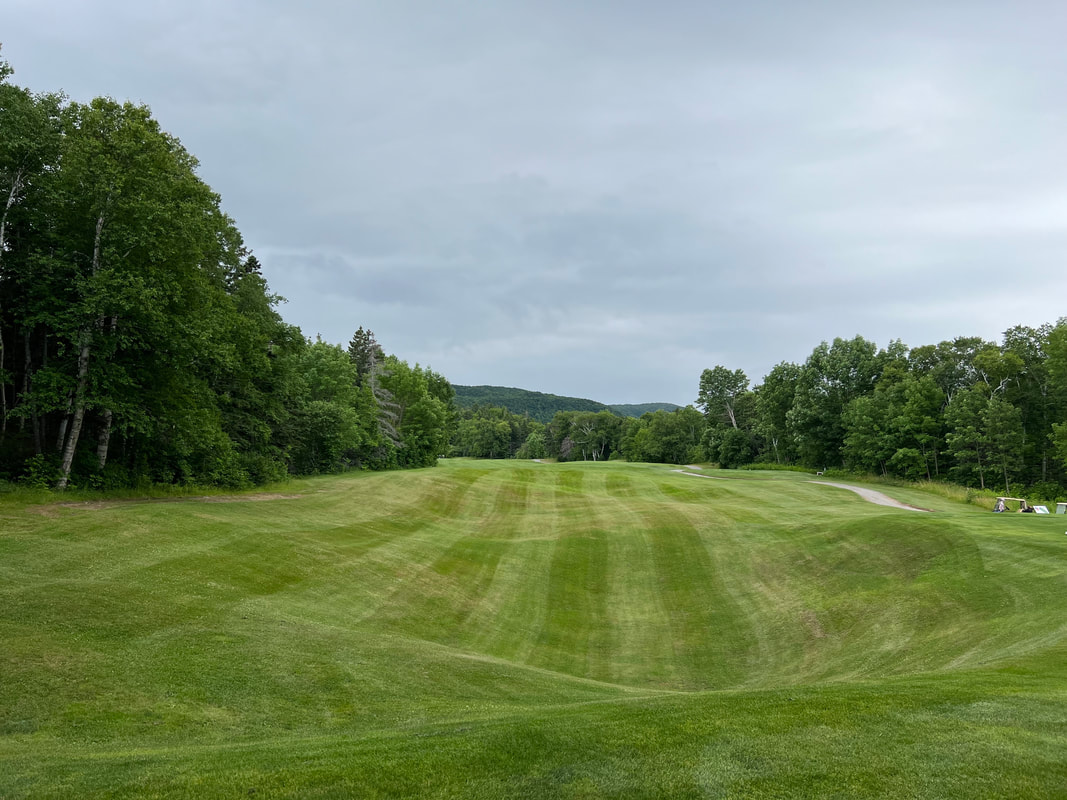
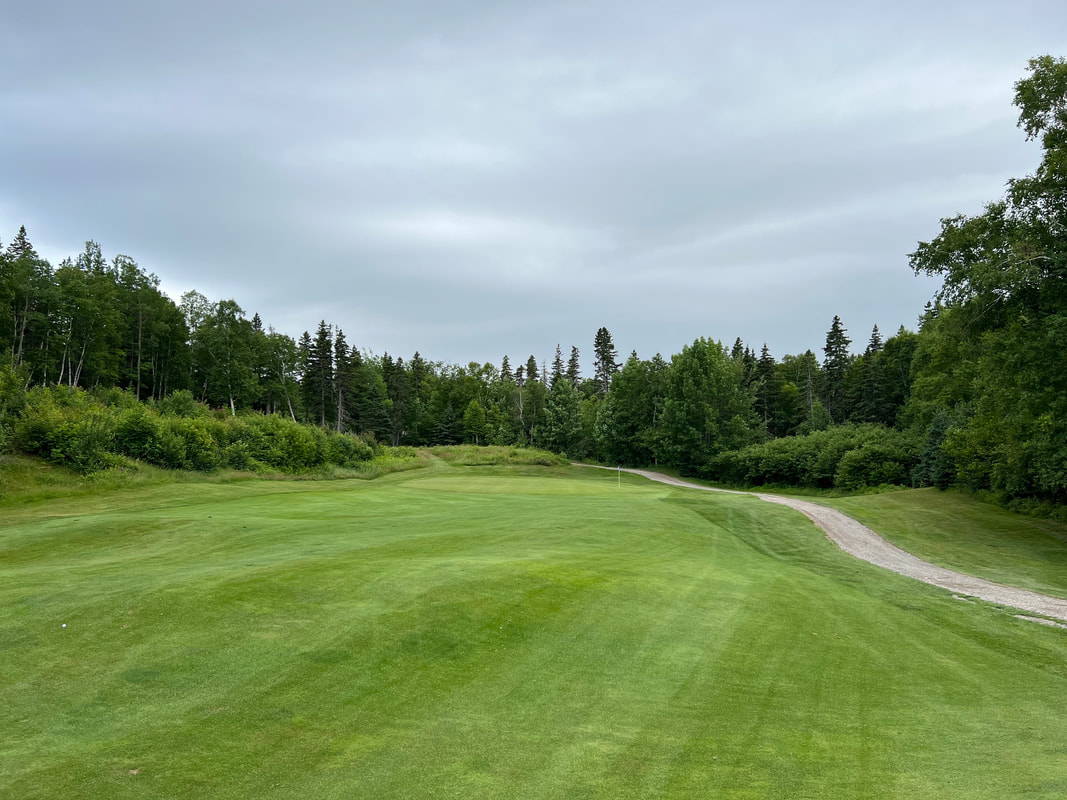
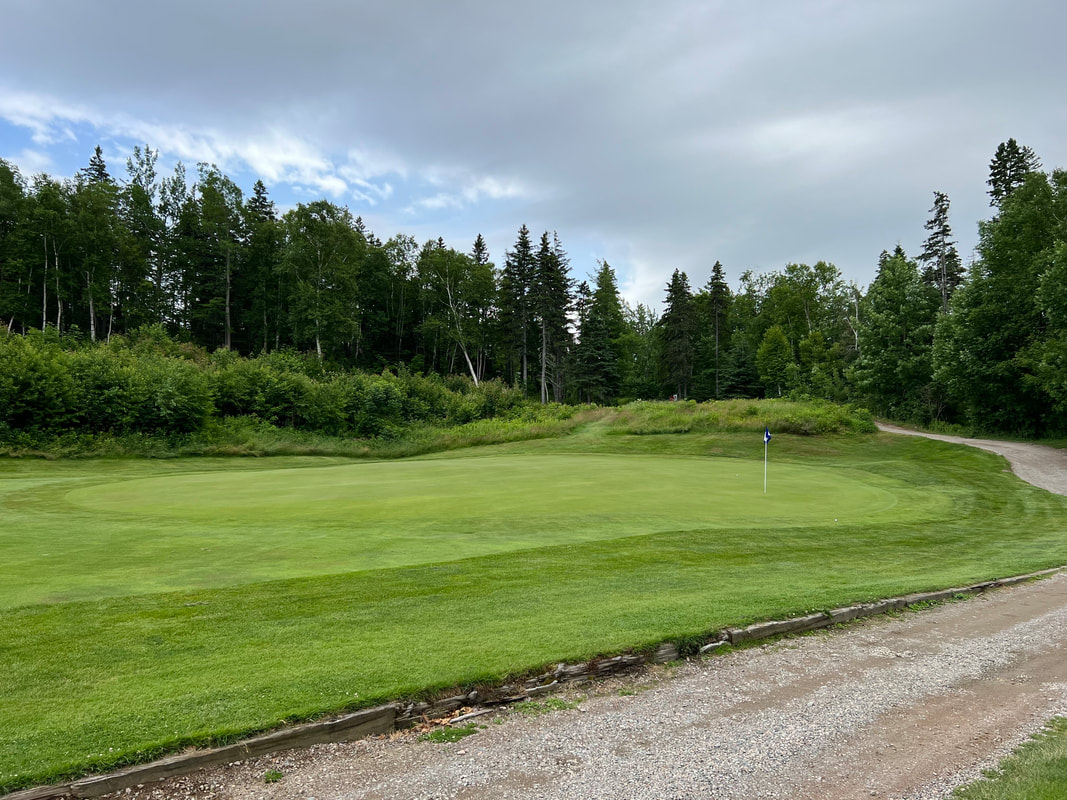
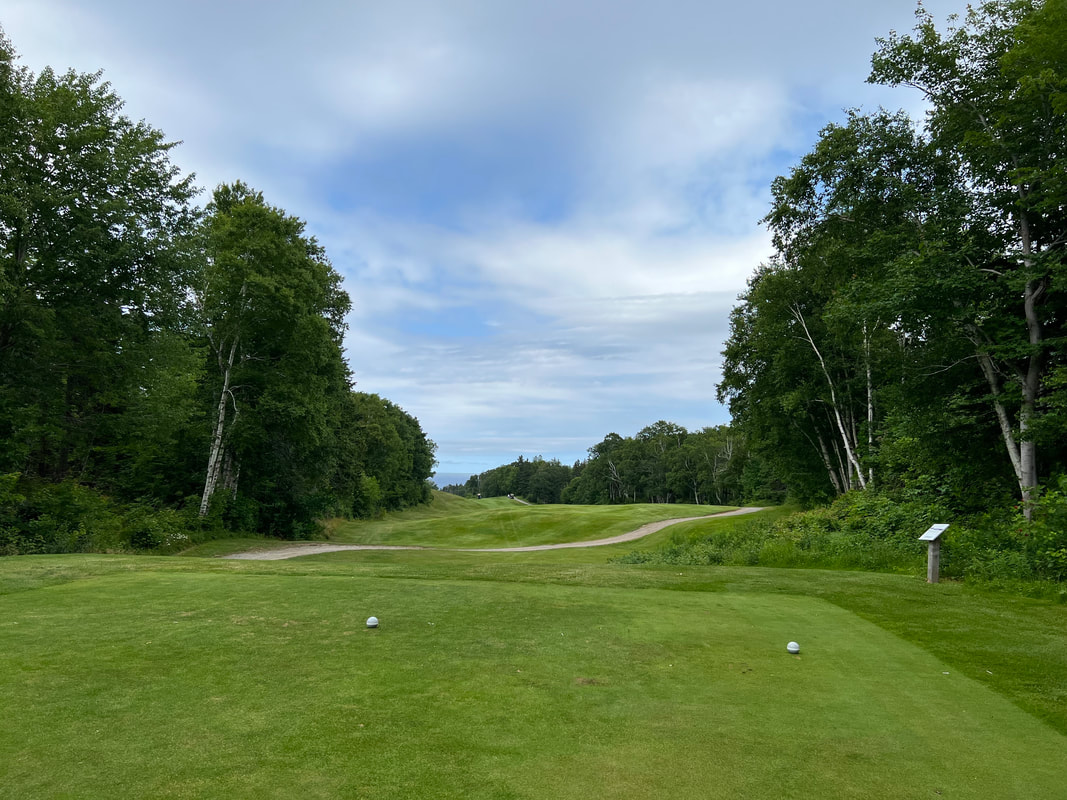
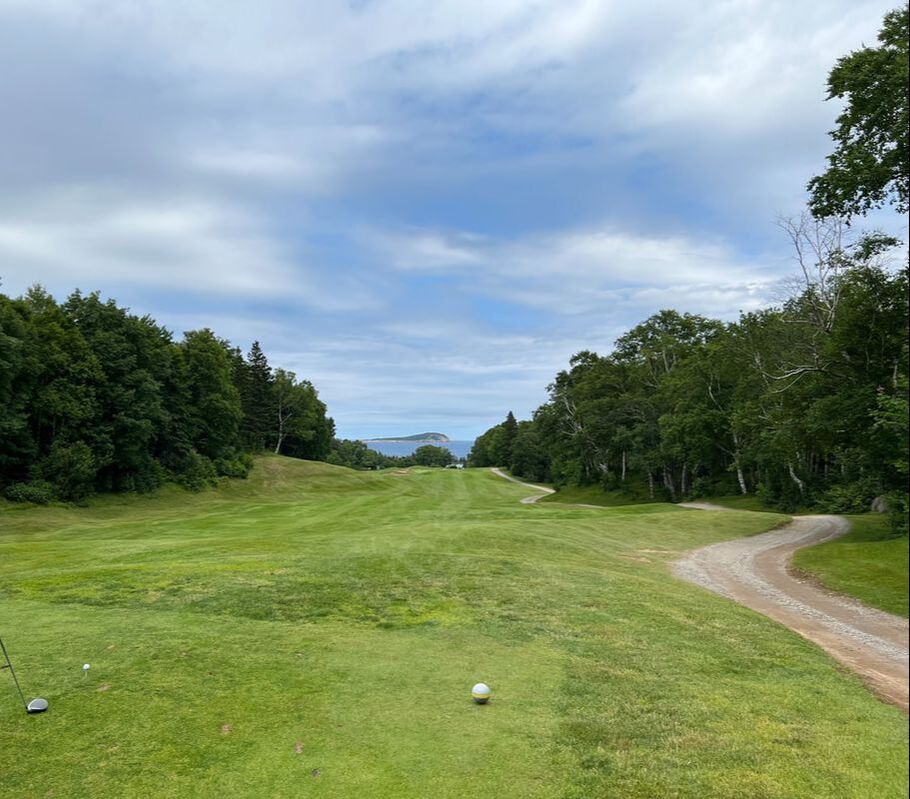
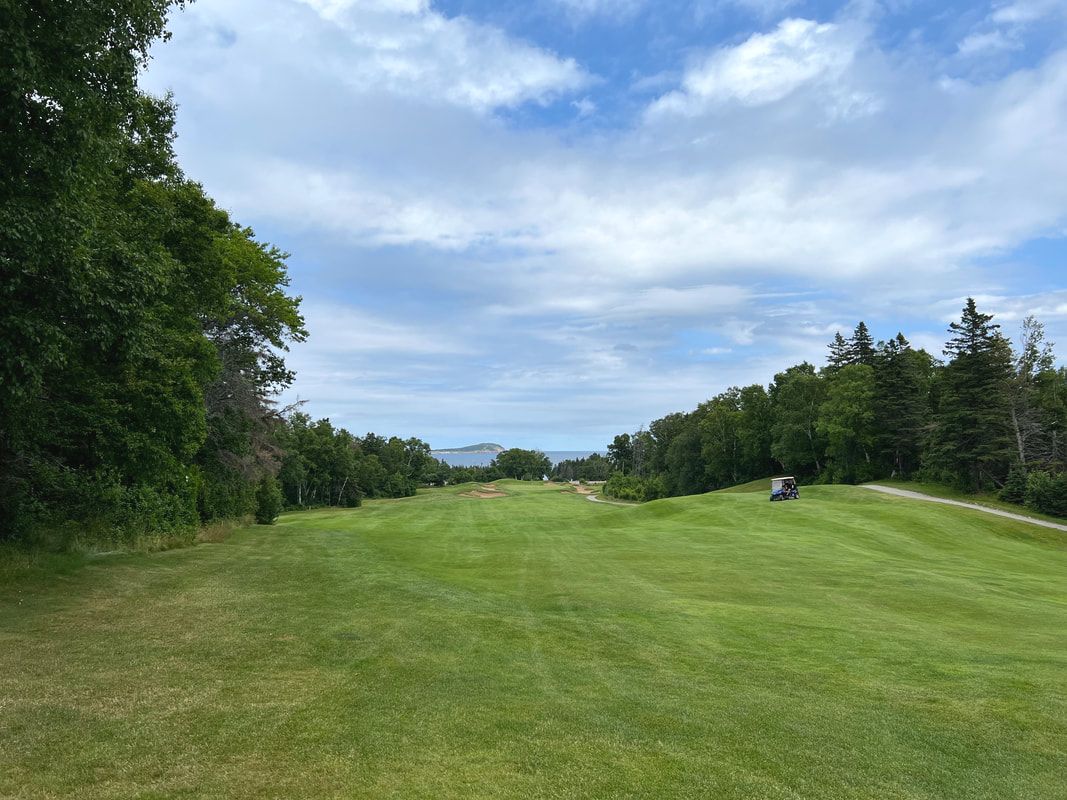
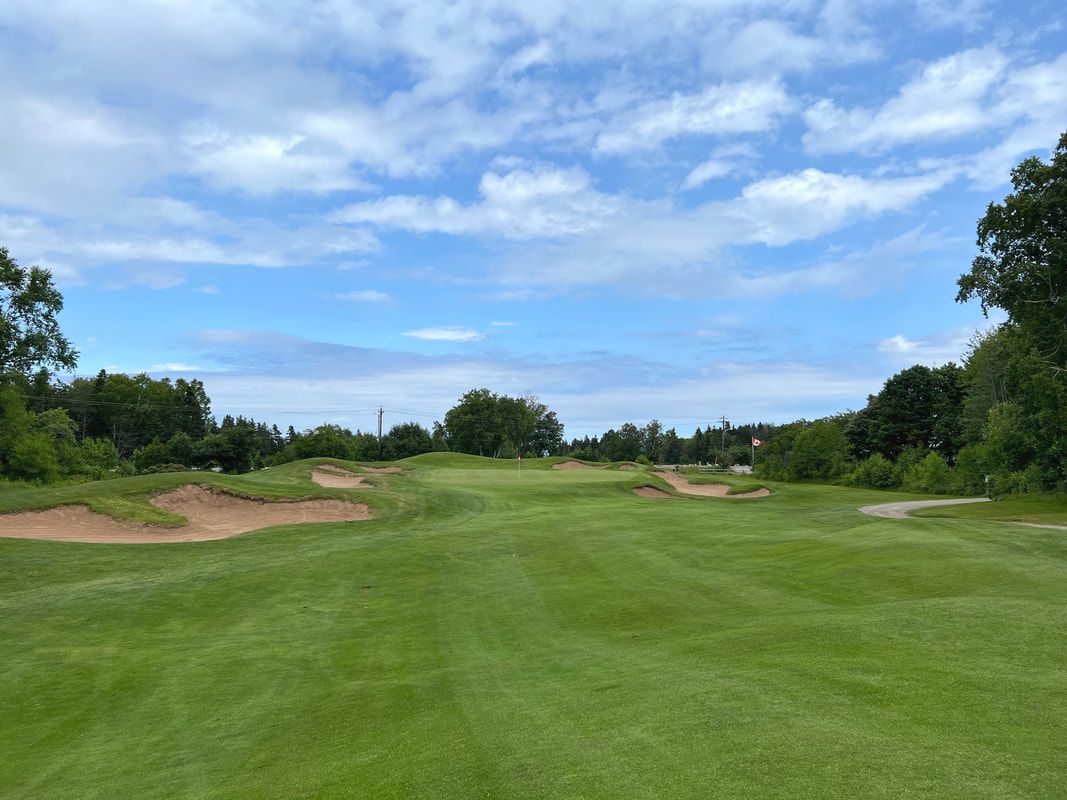
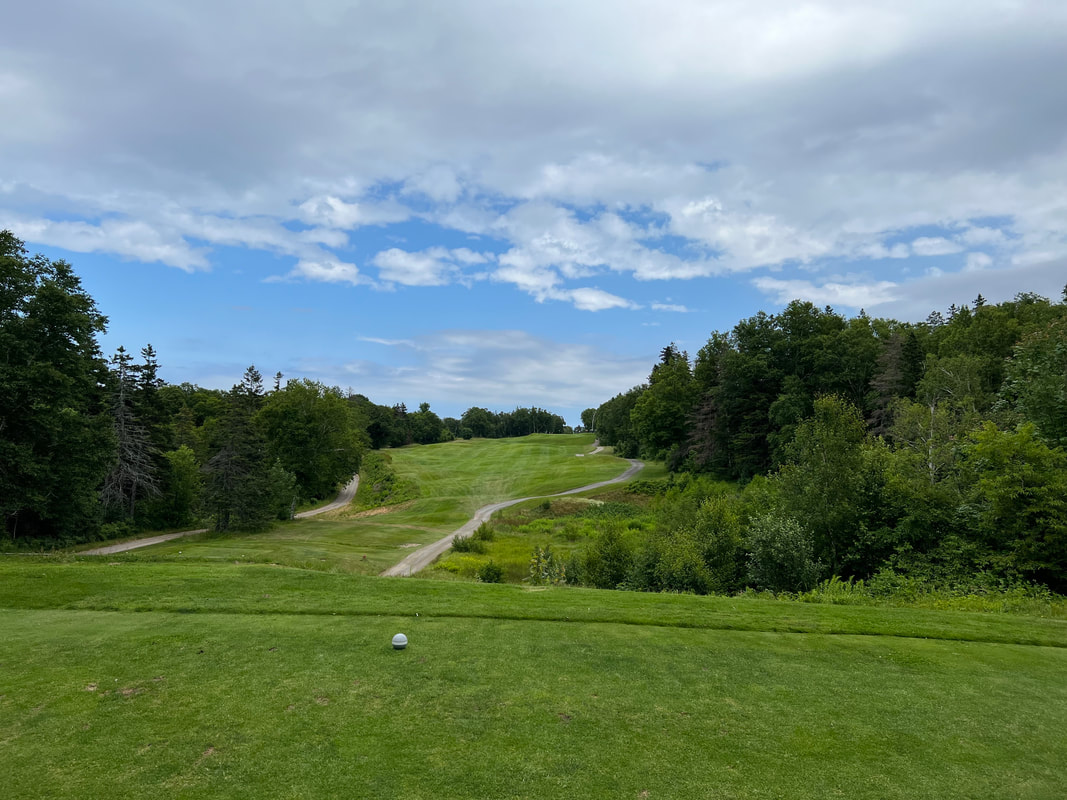
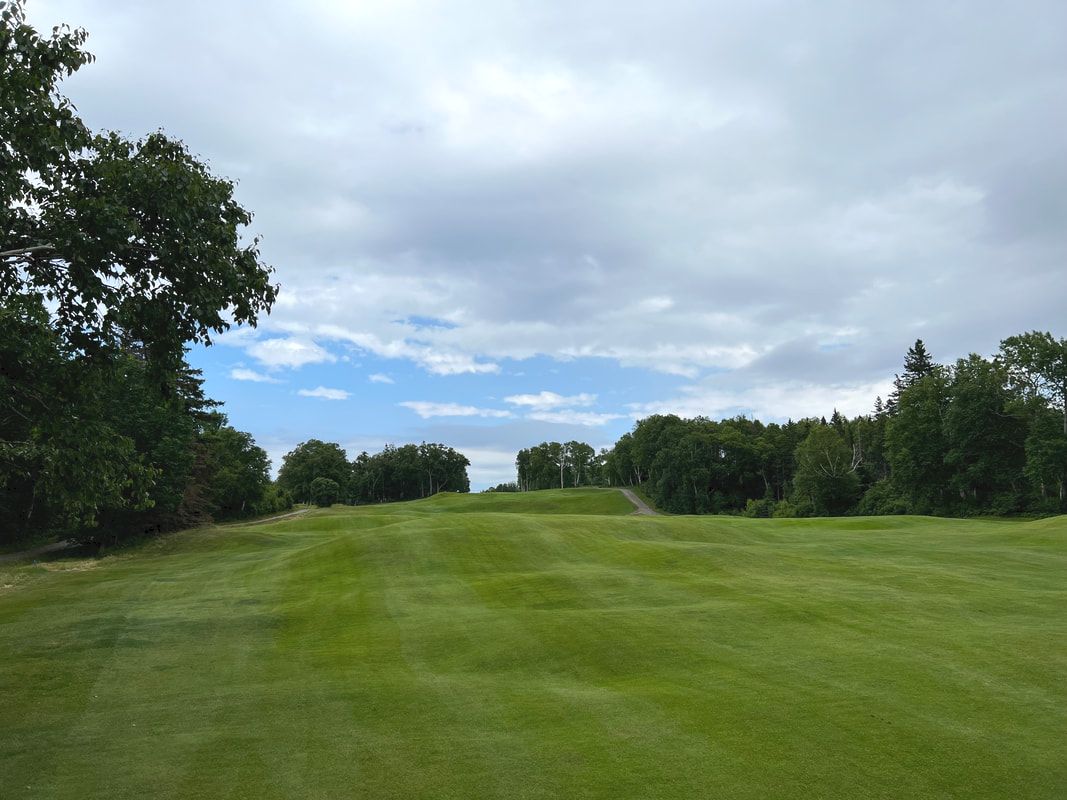
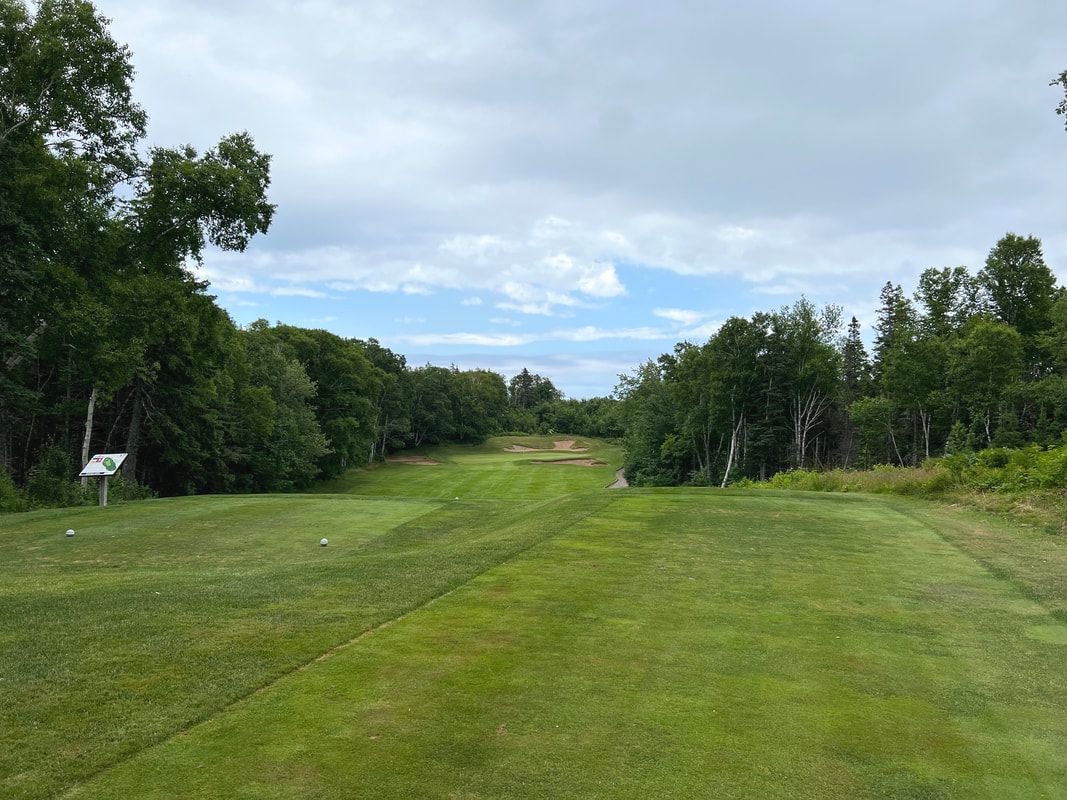
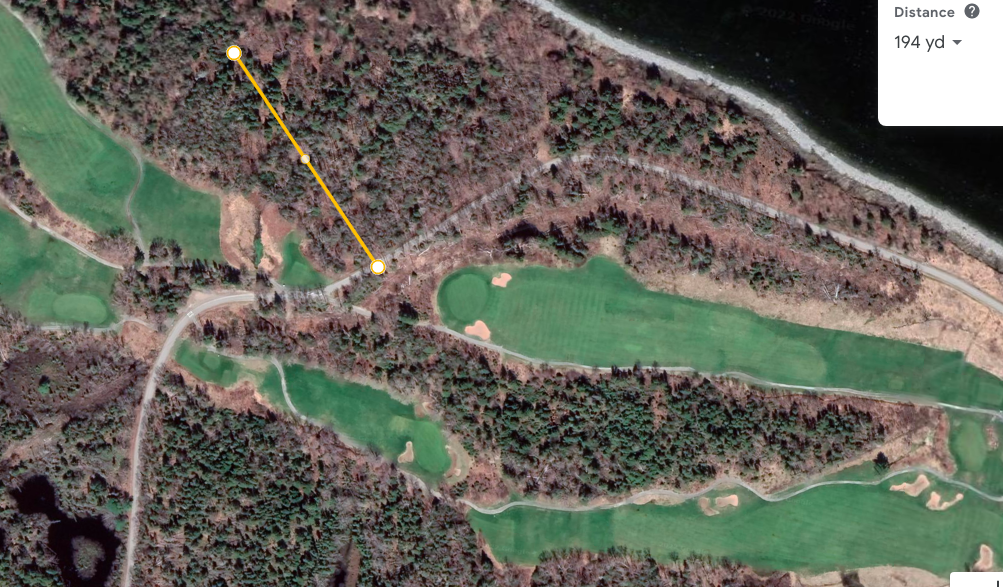
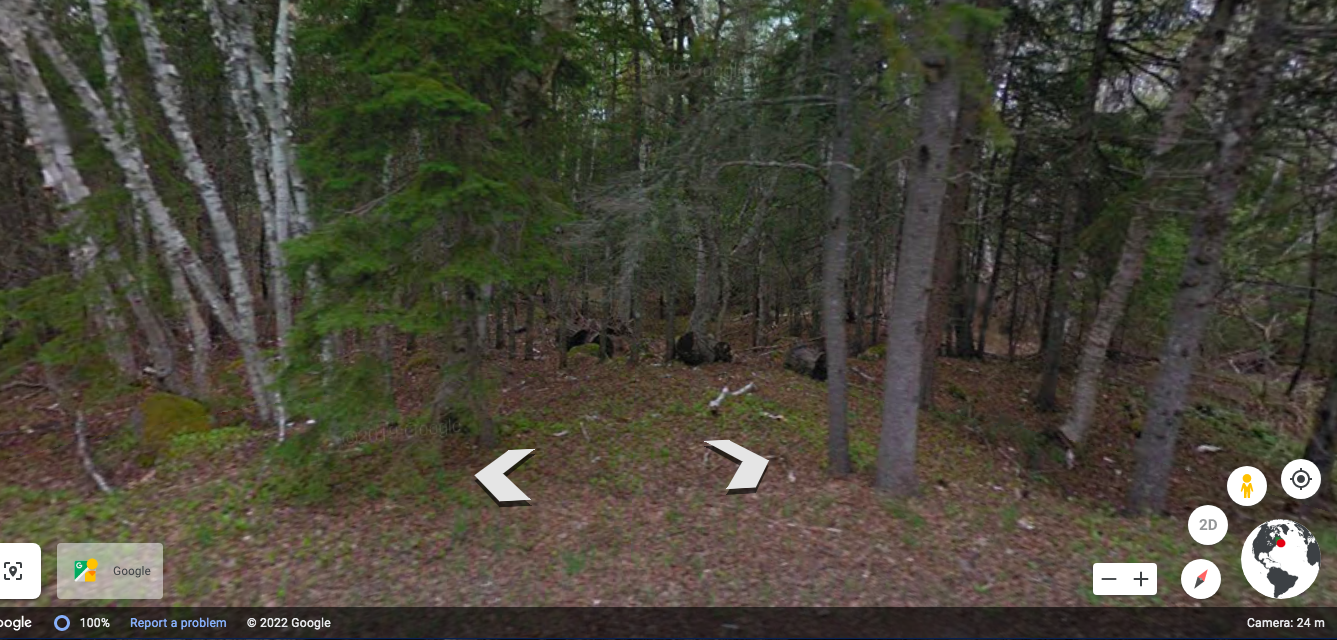

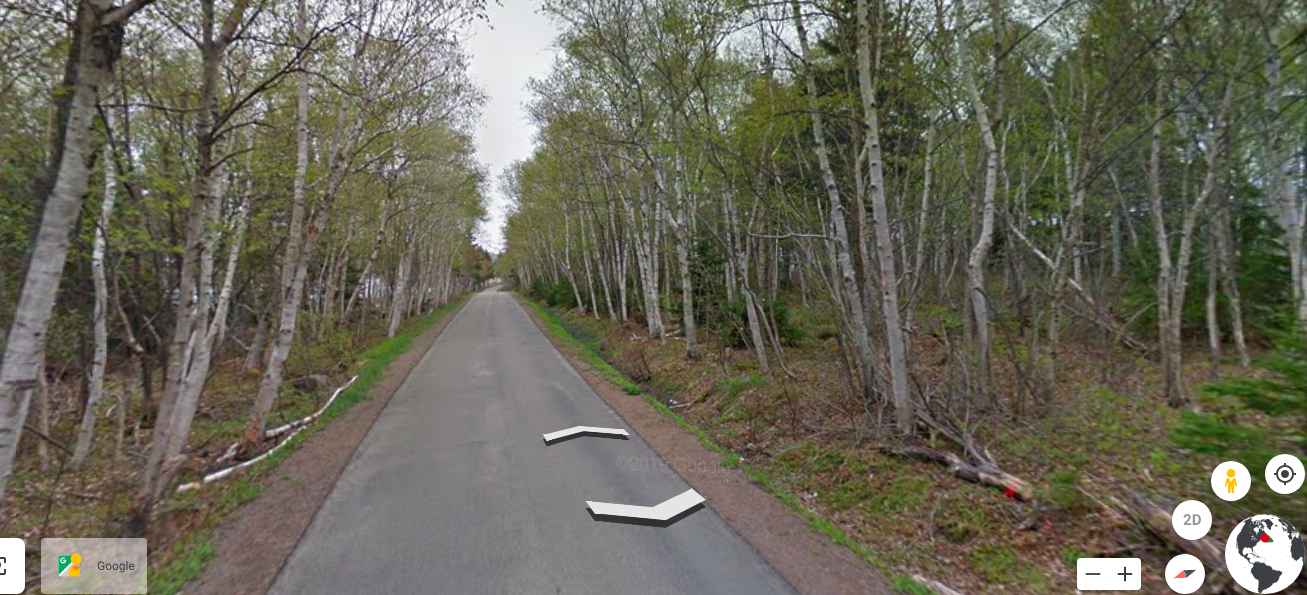
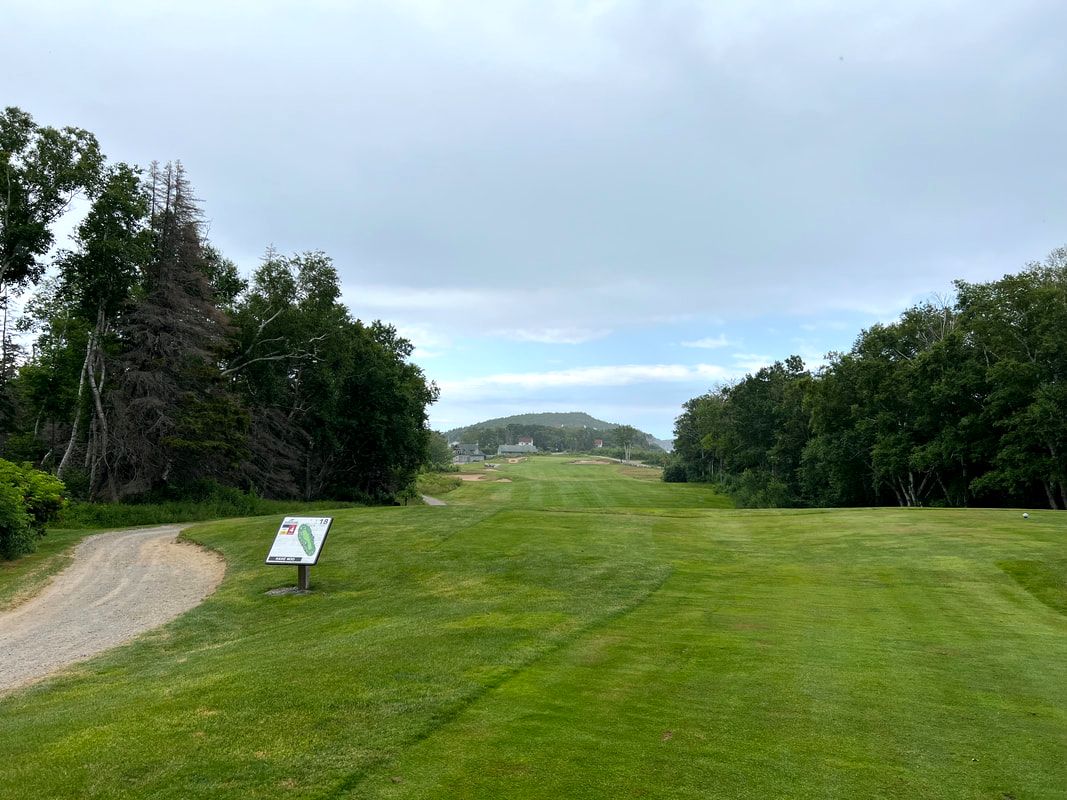
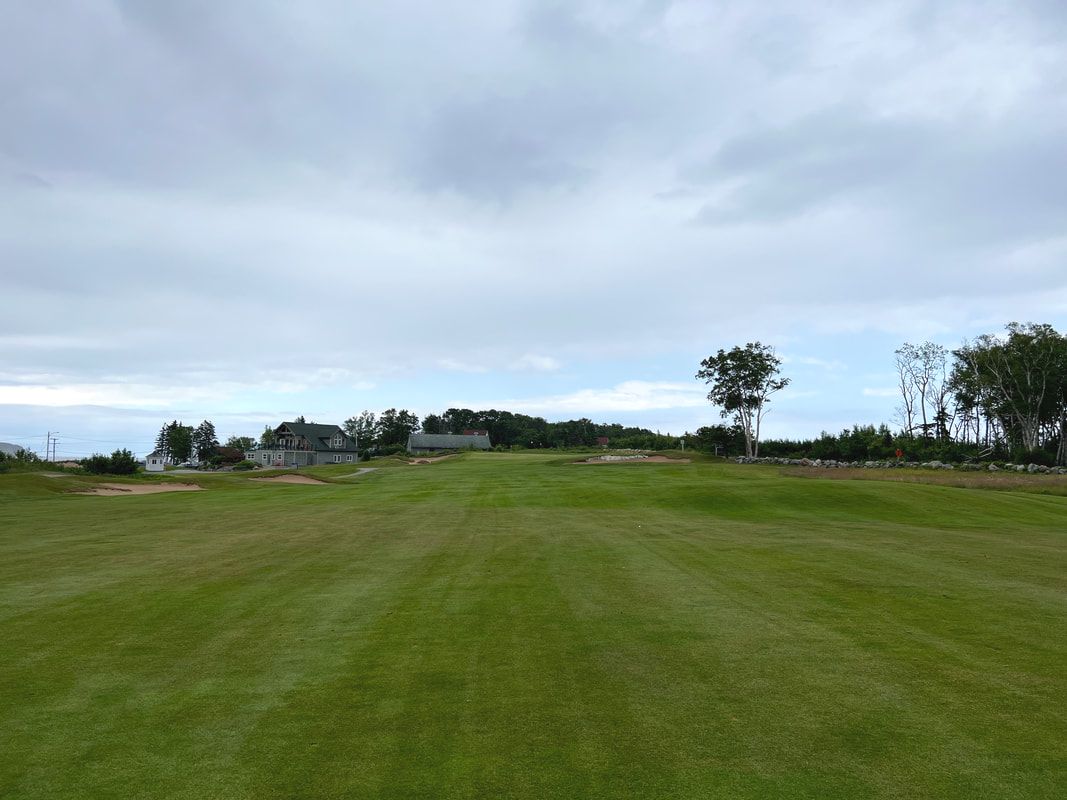

 RSS Feed
RSS Feed